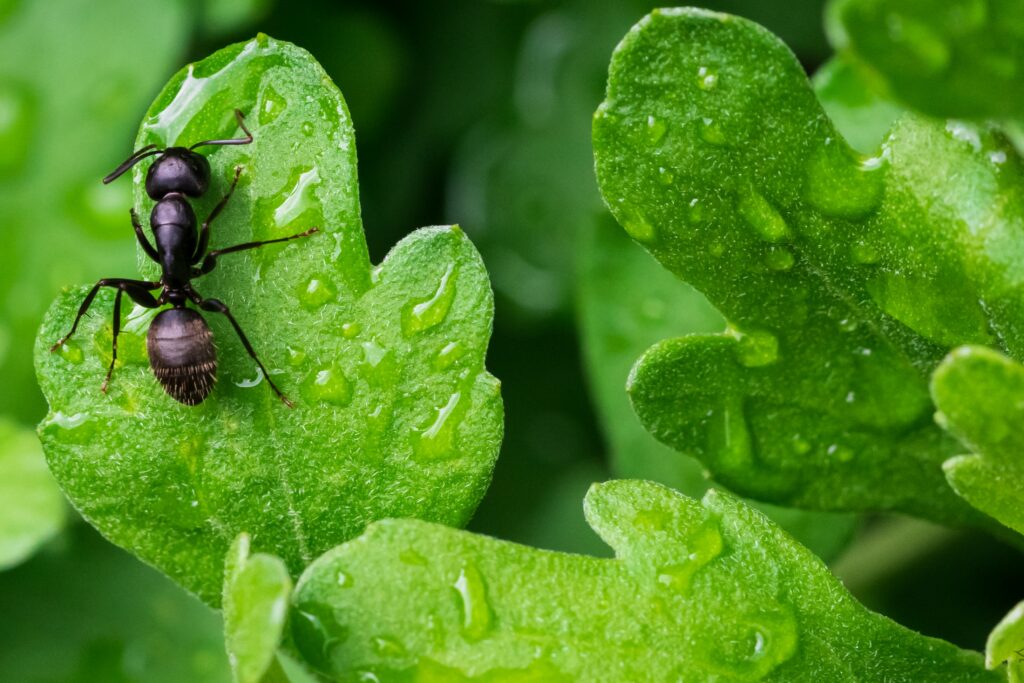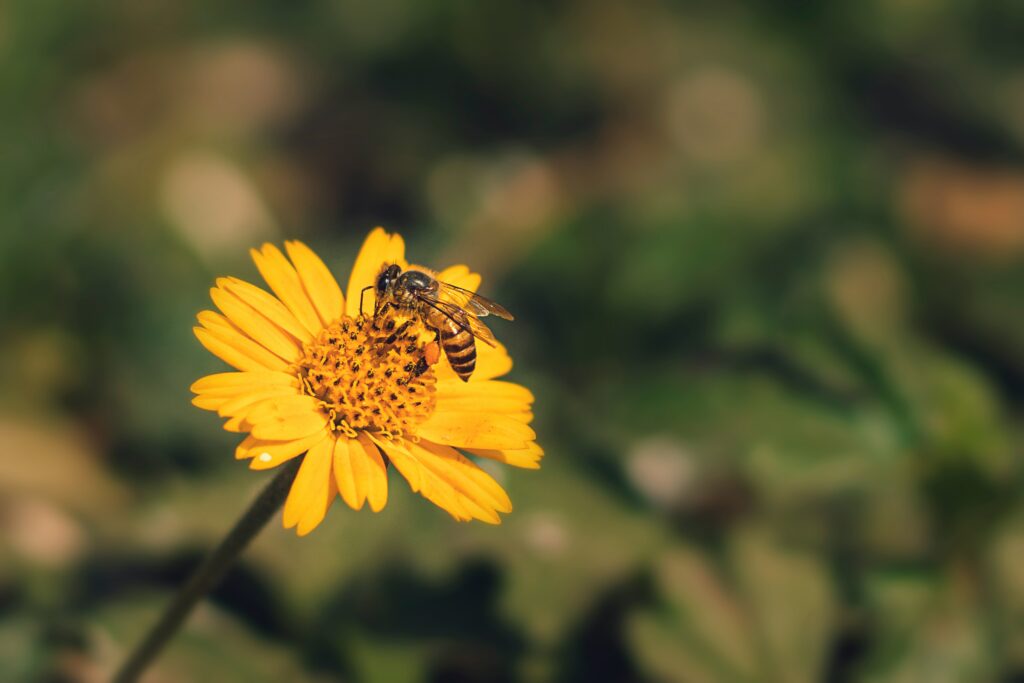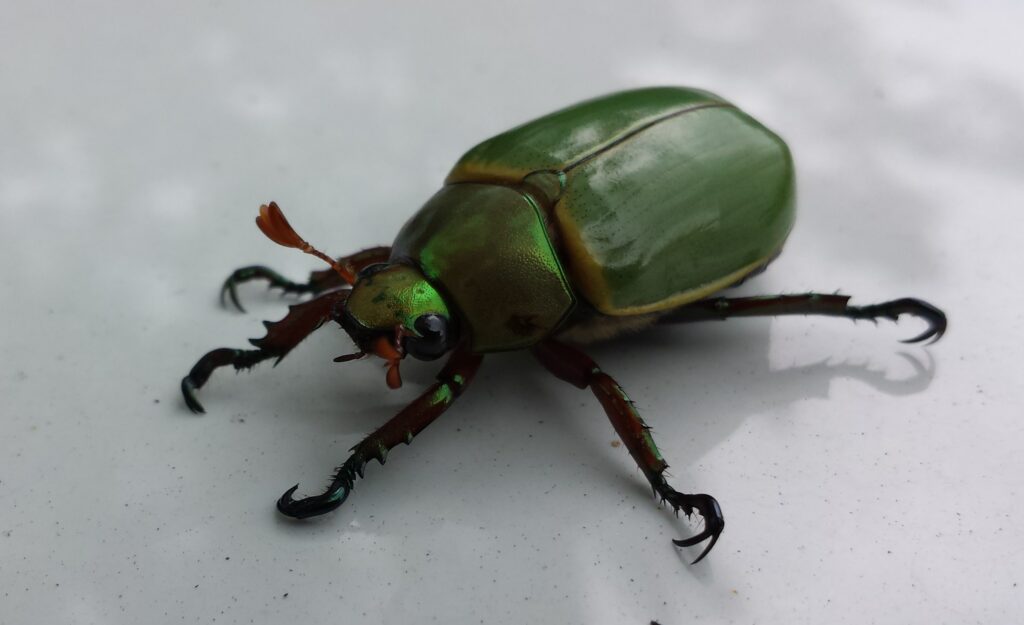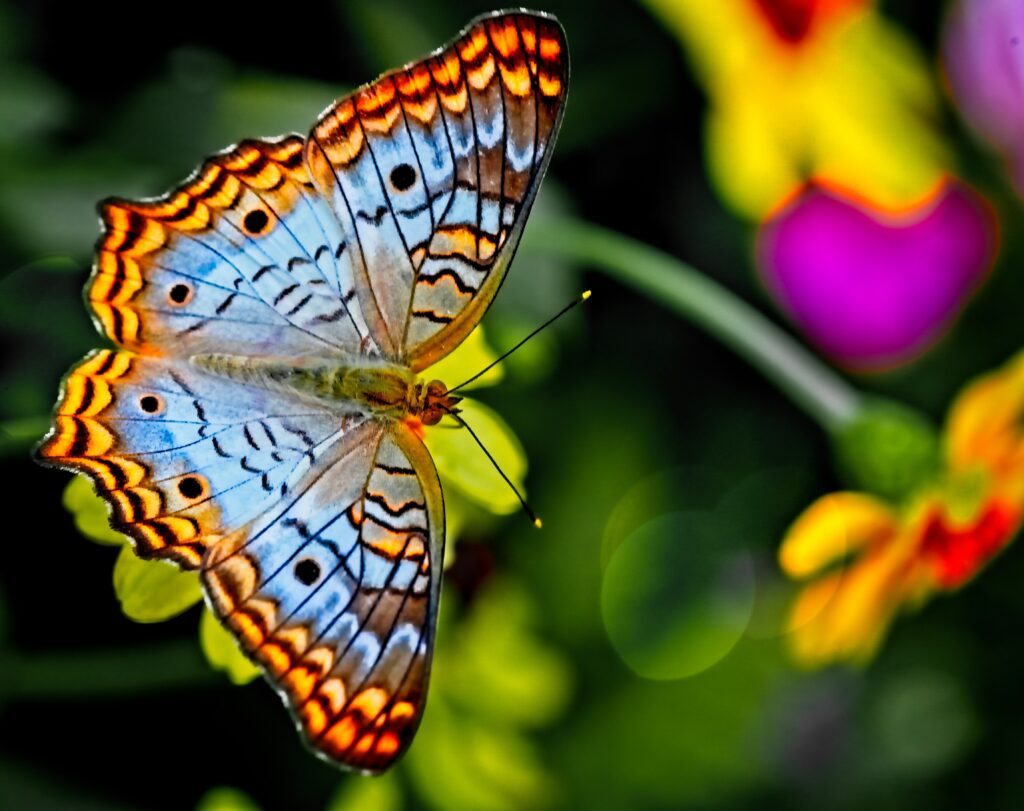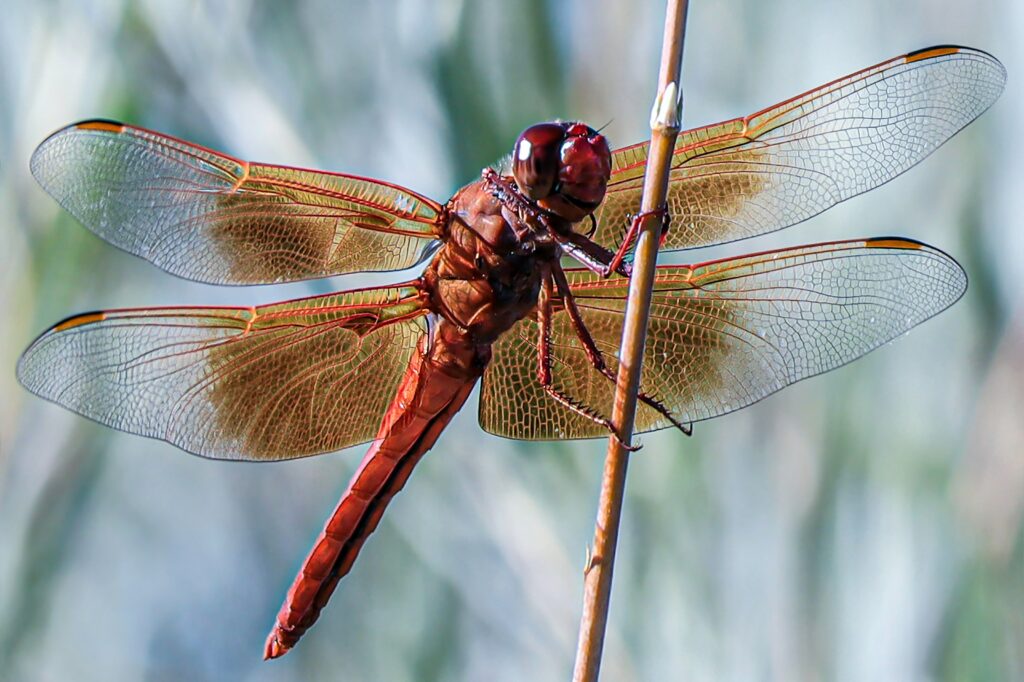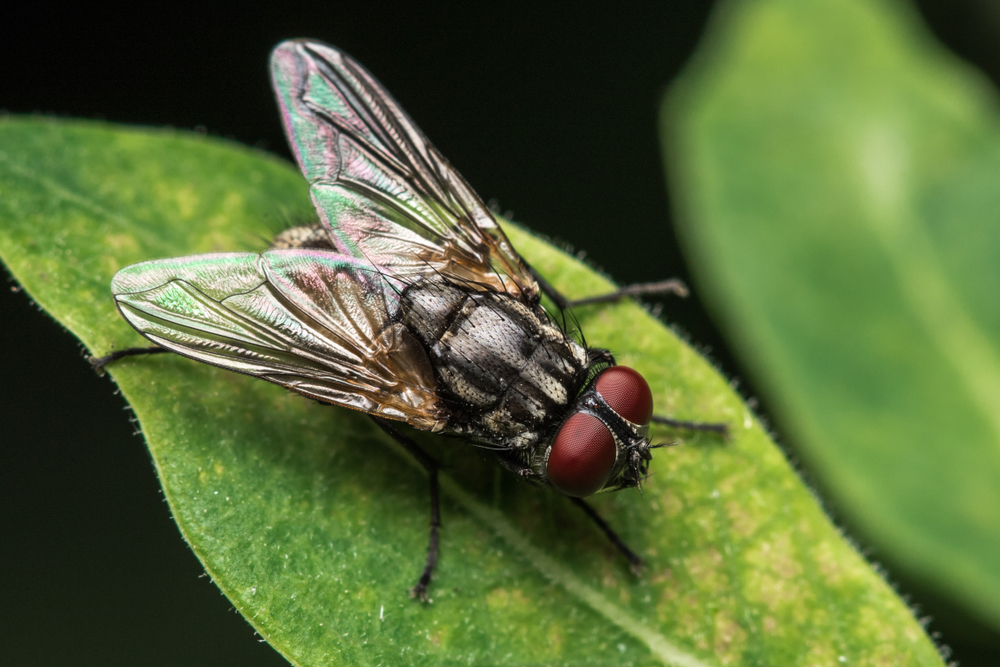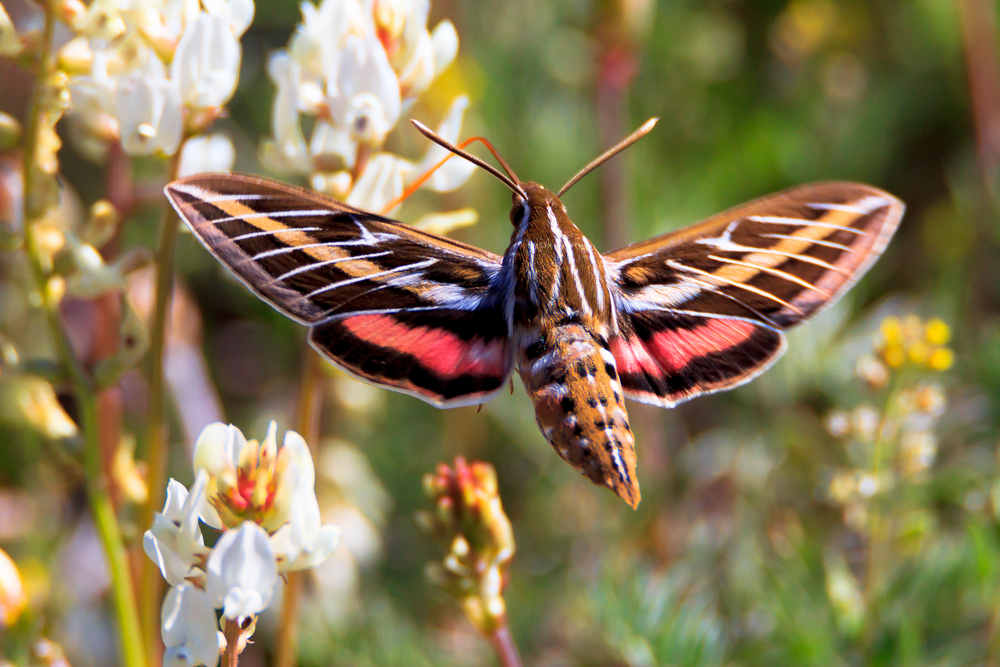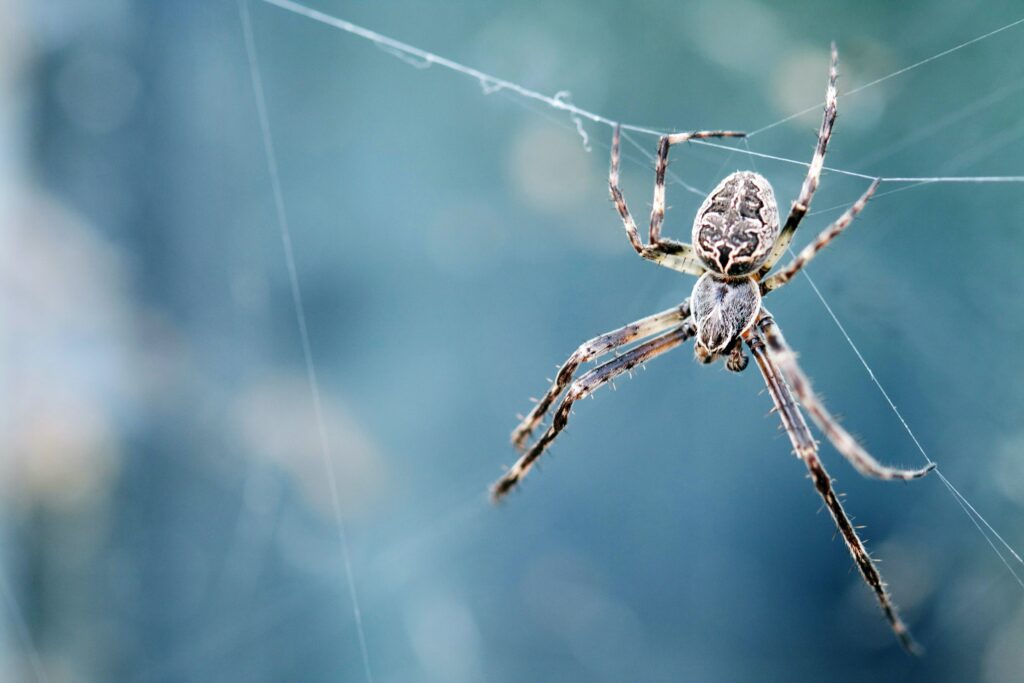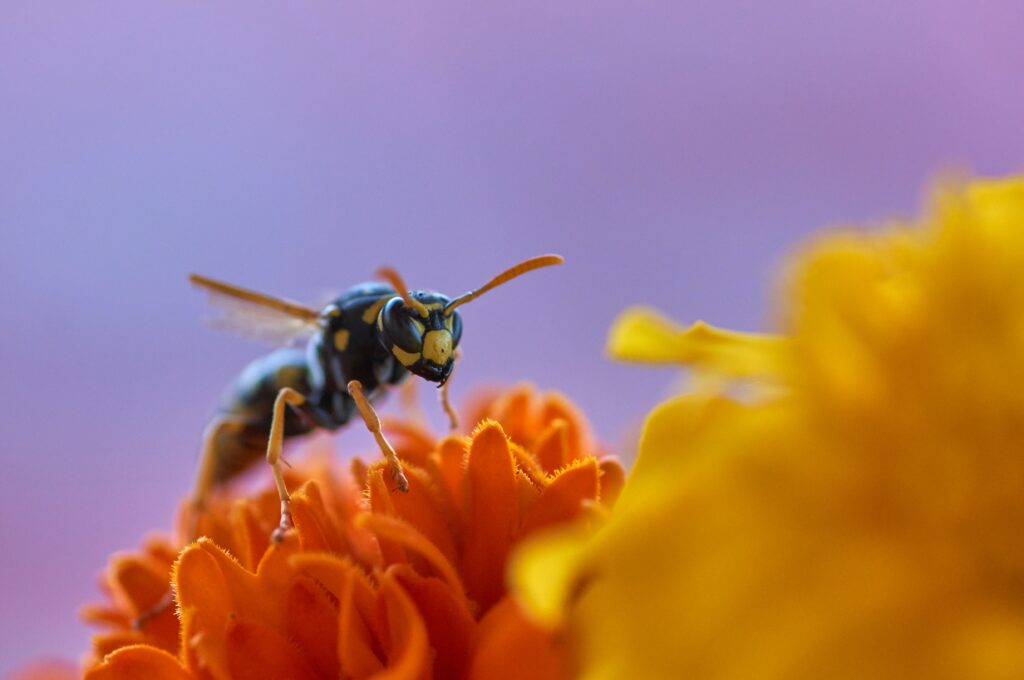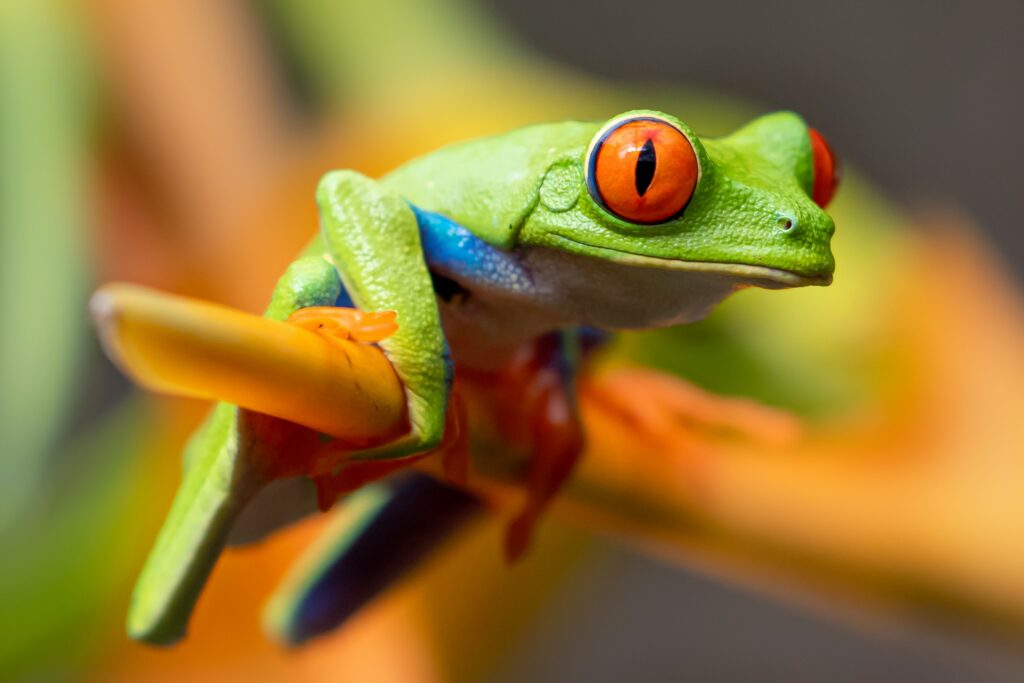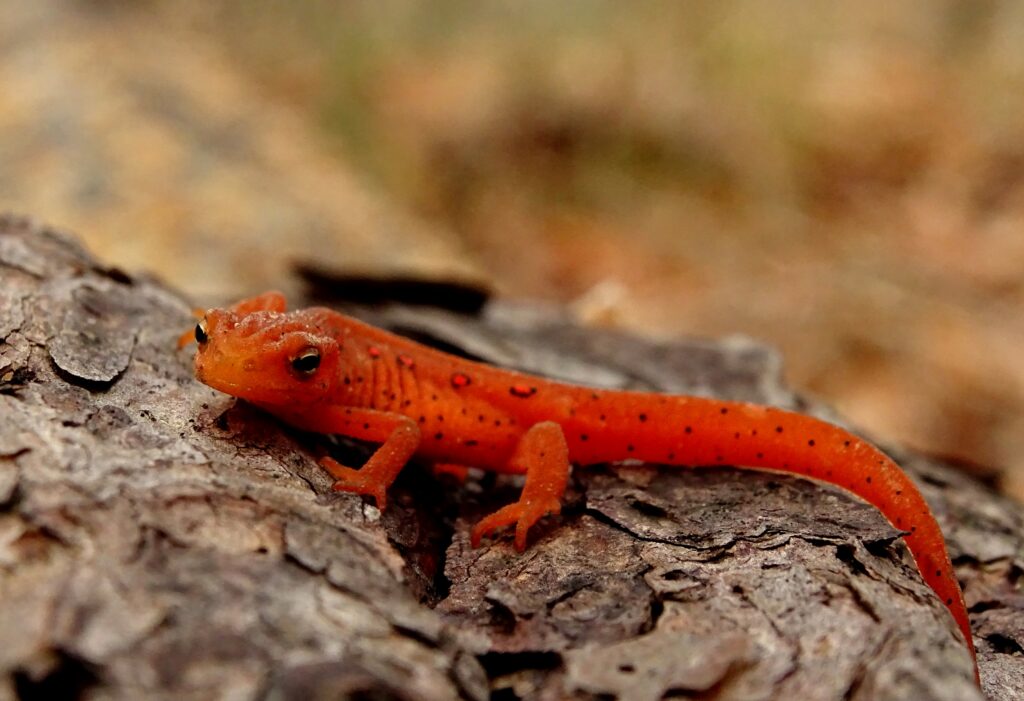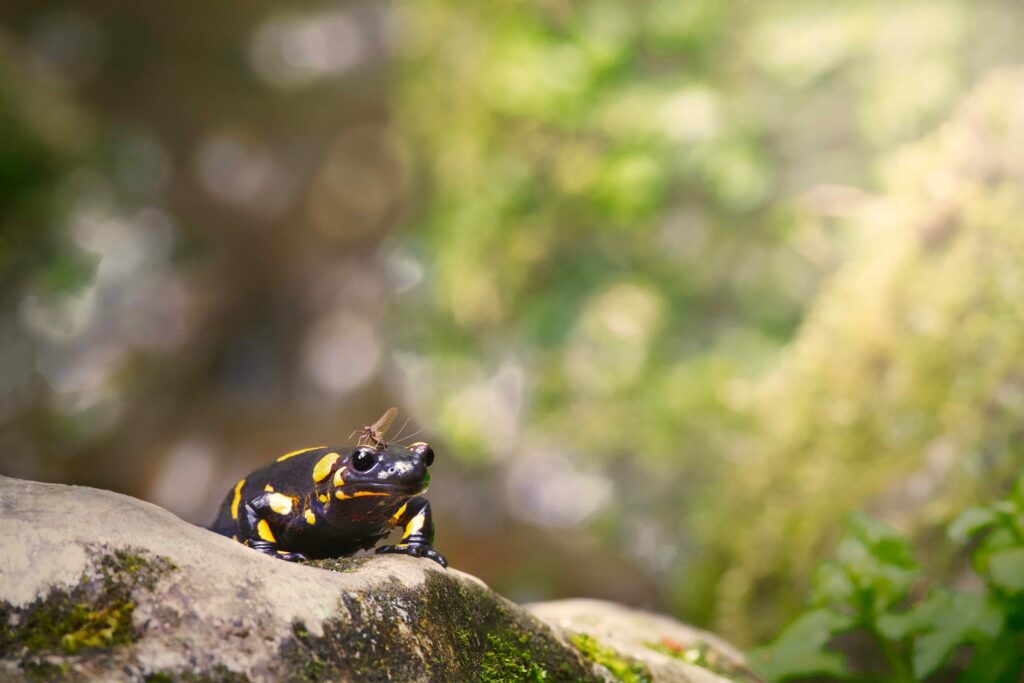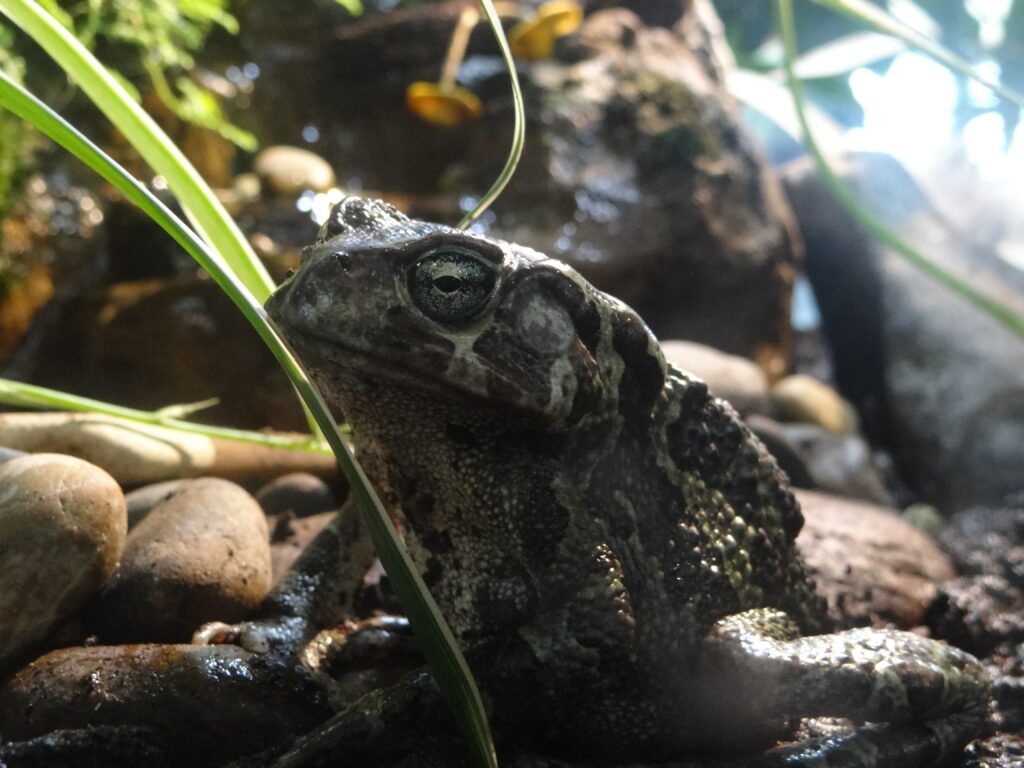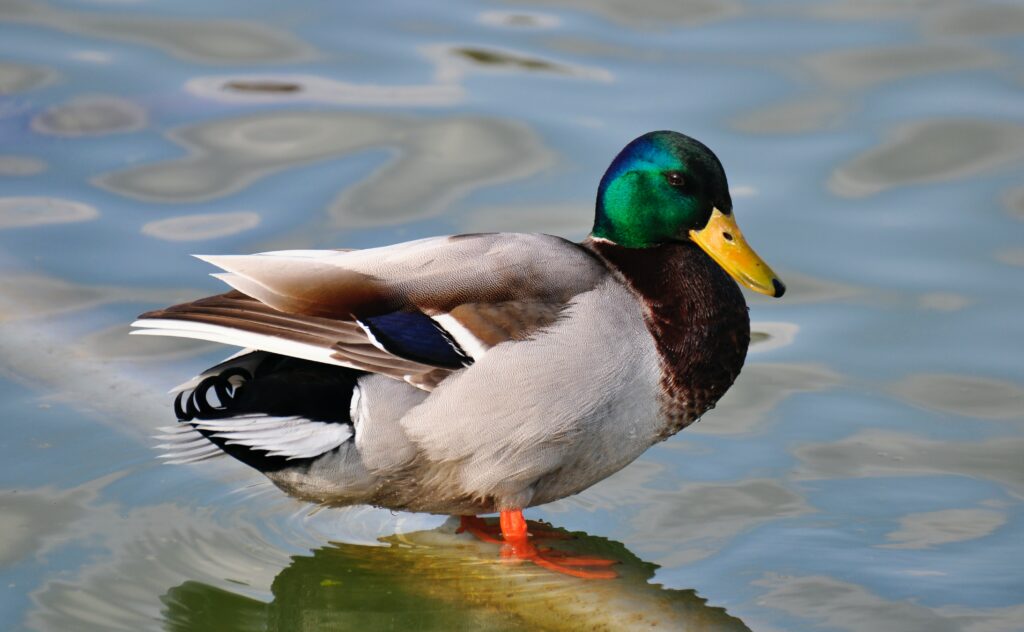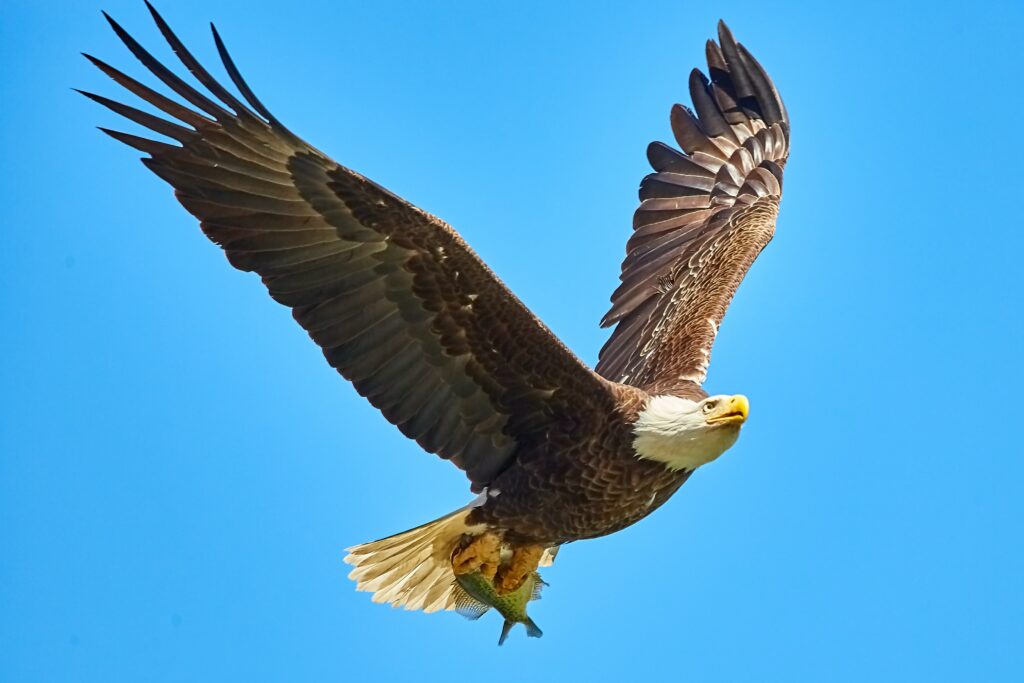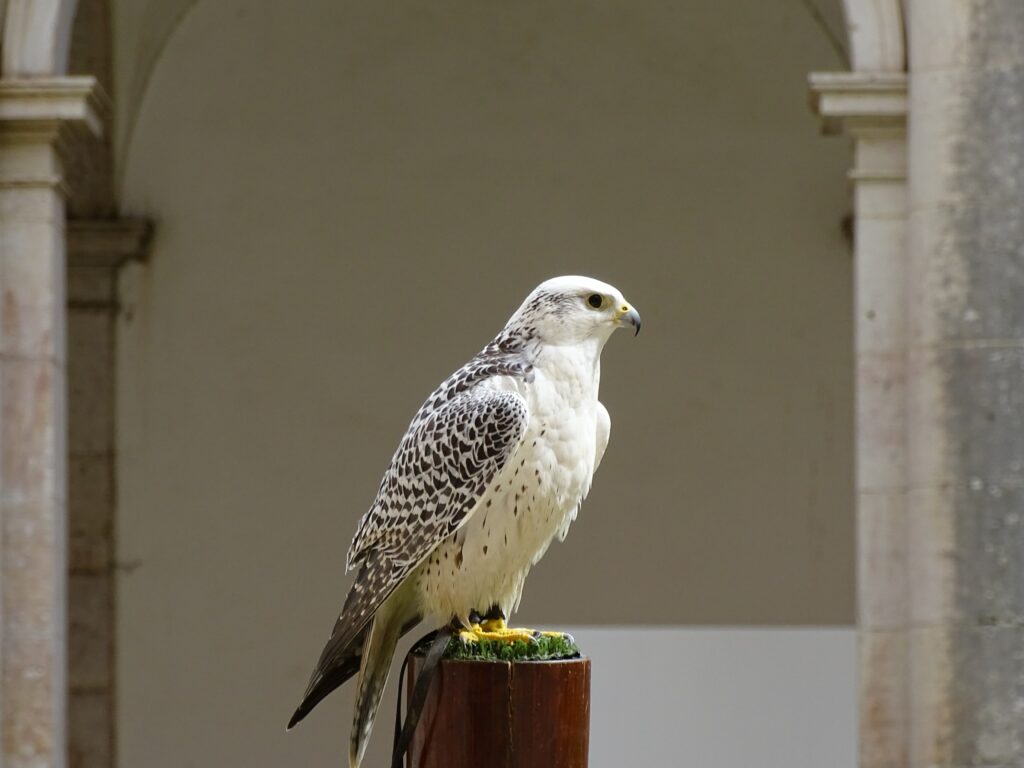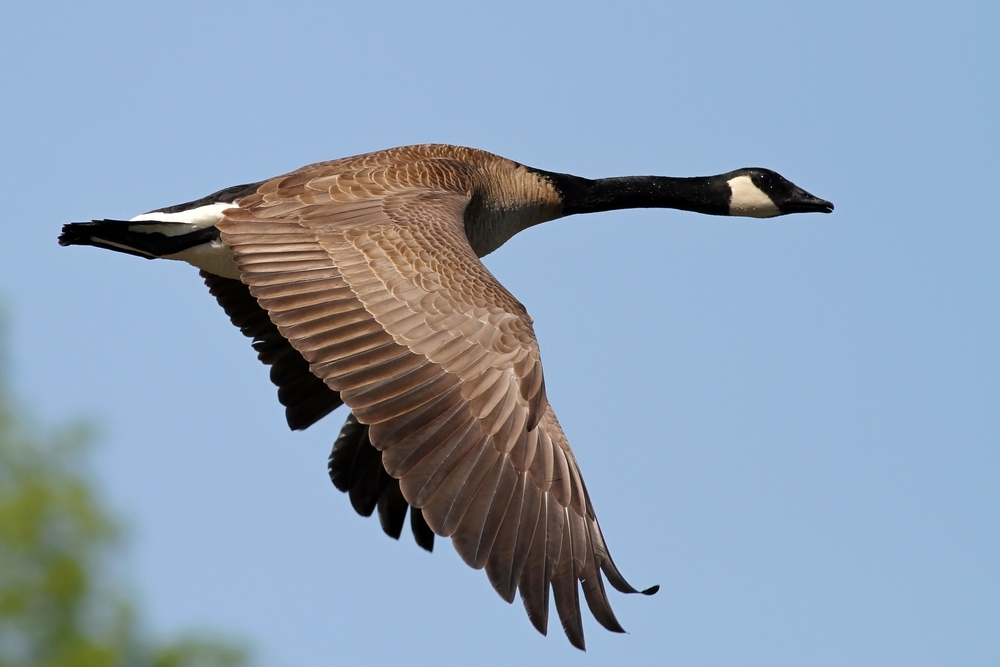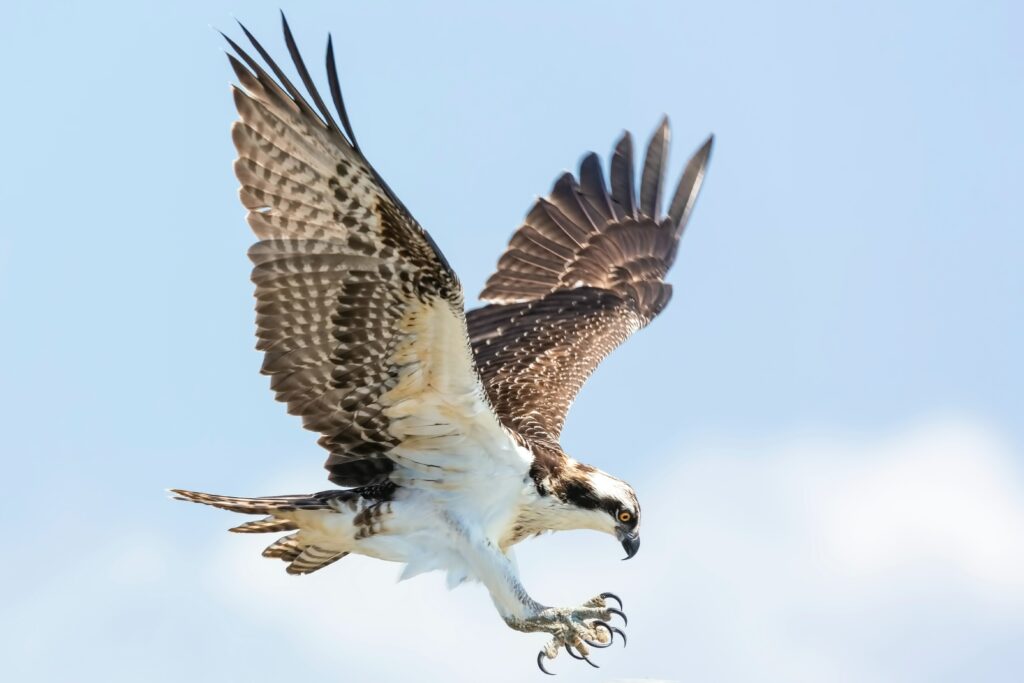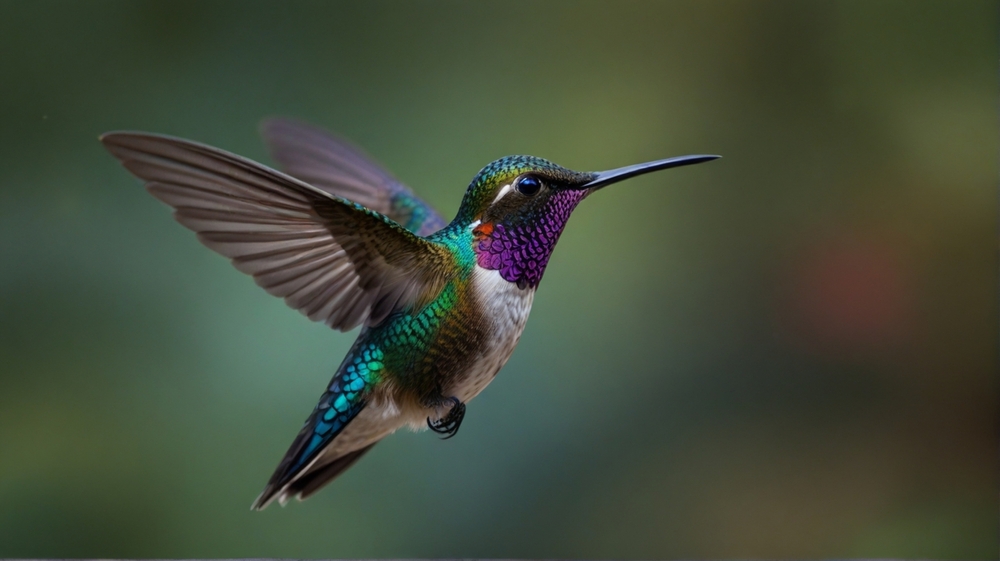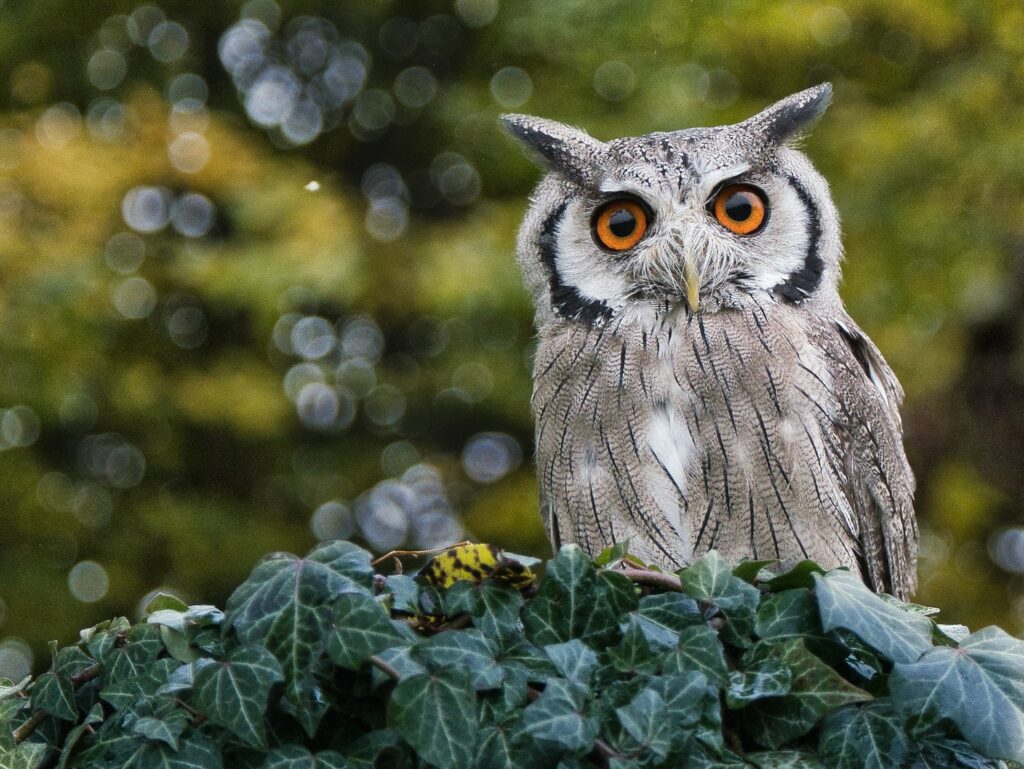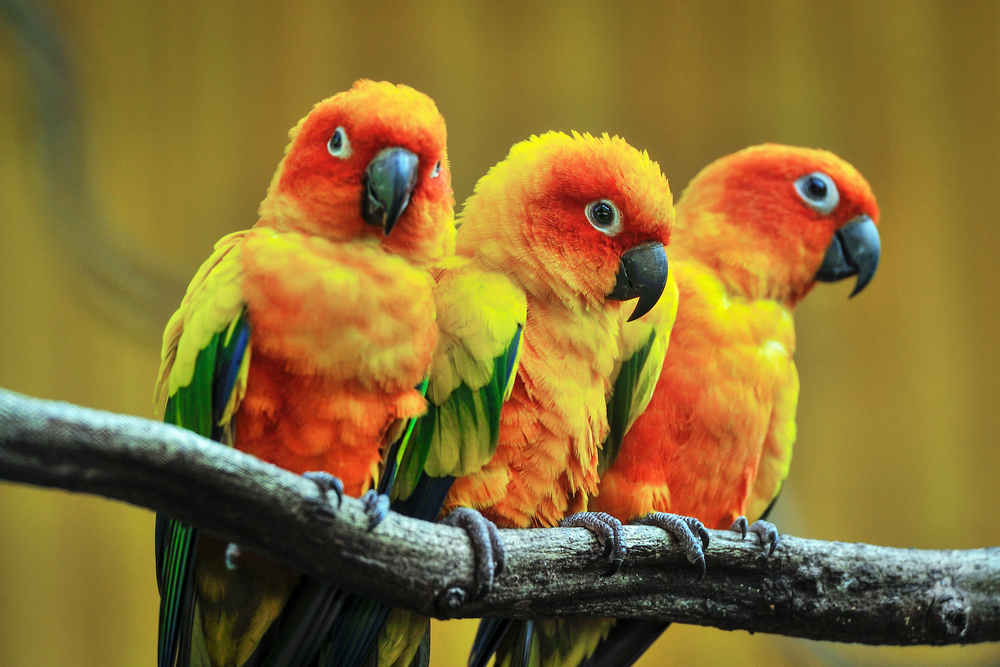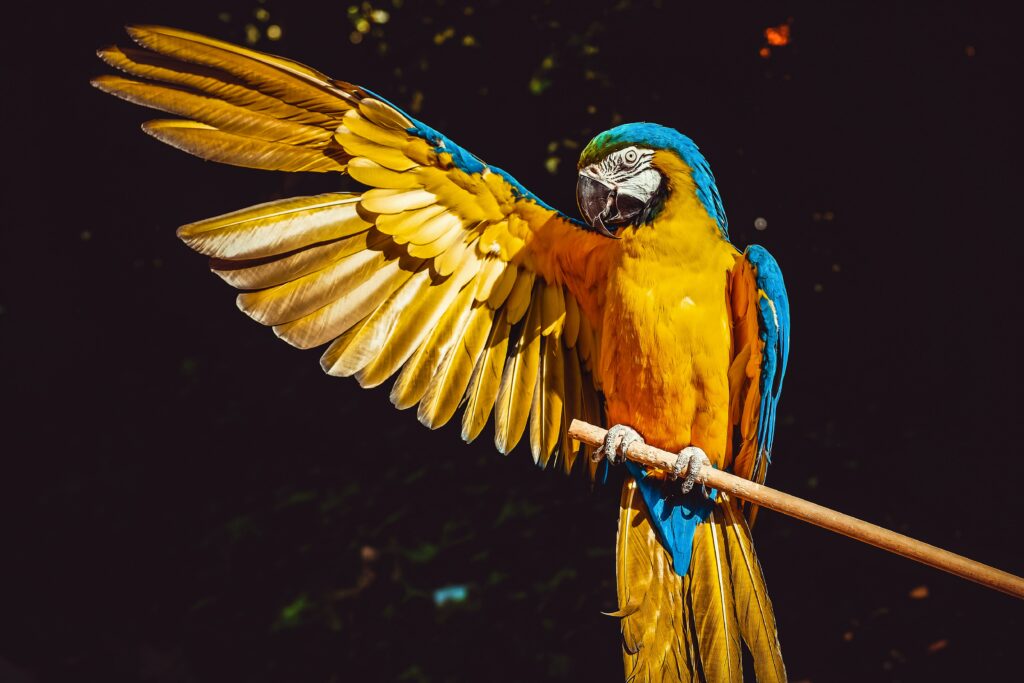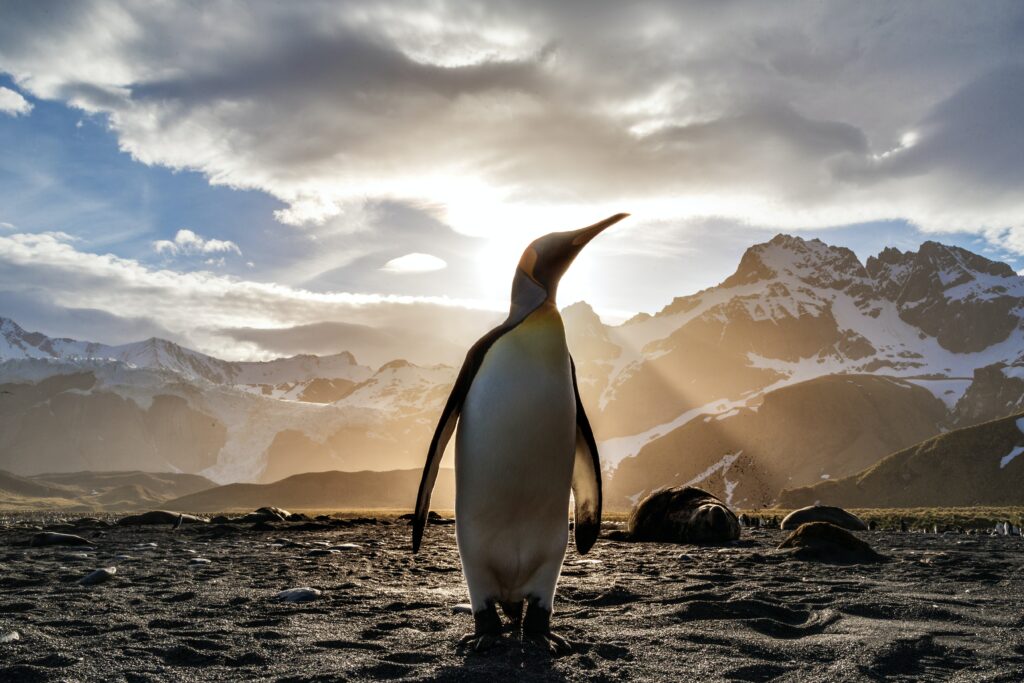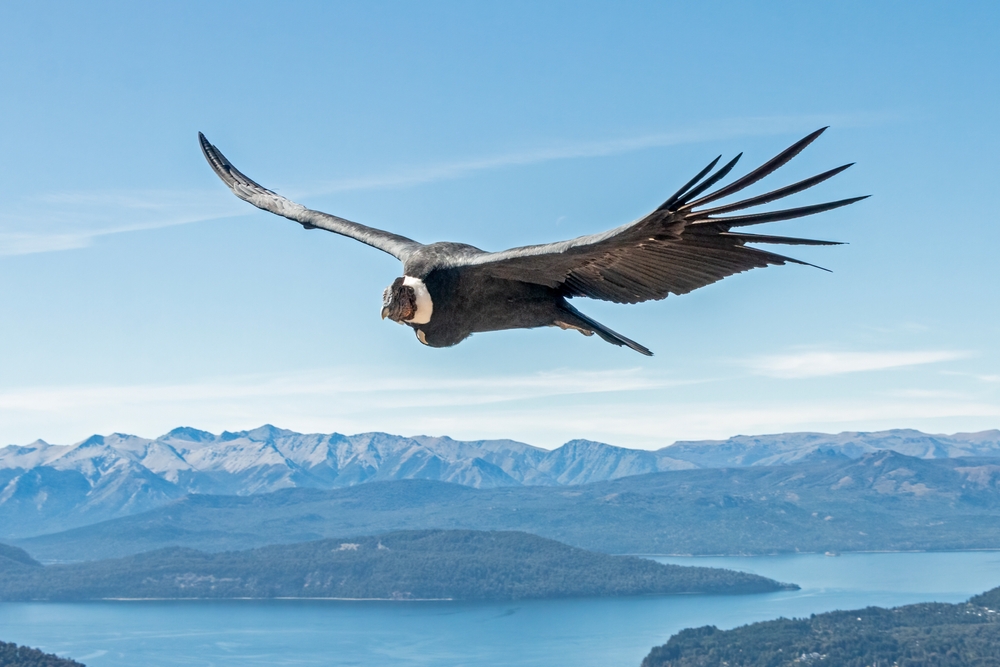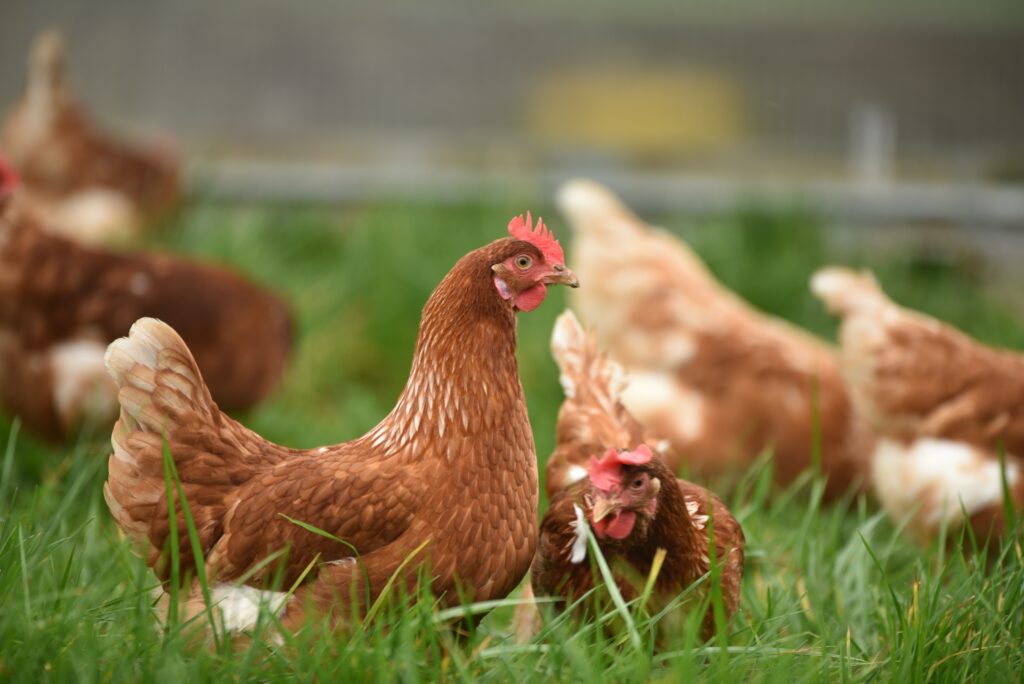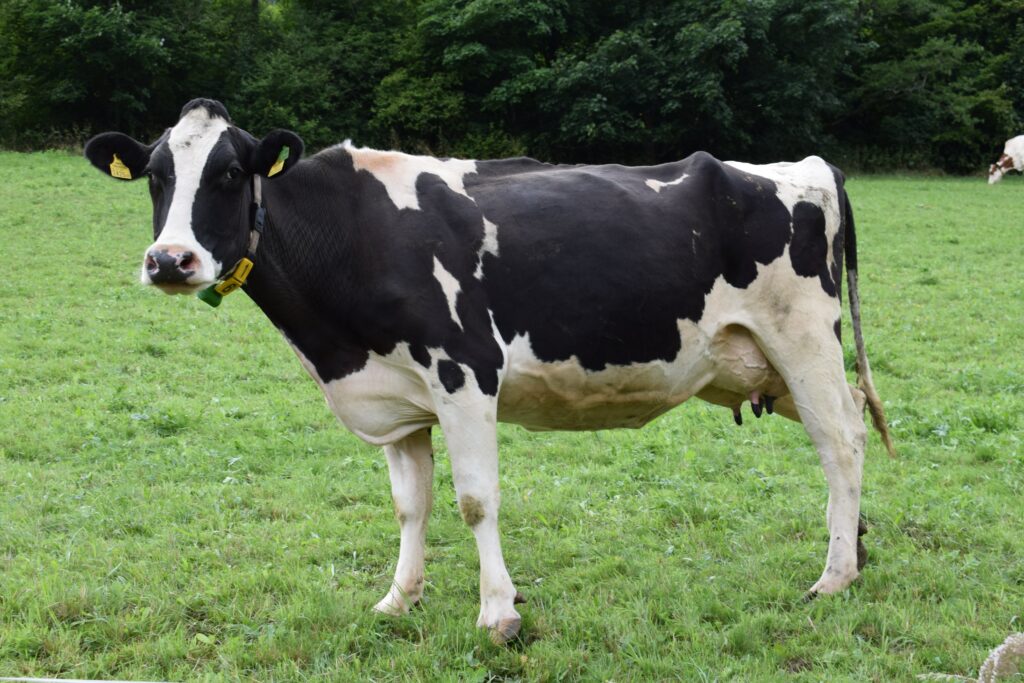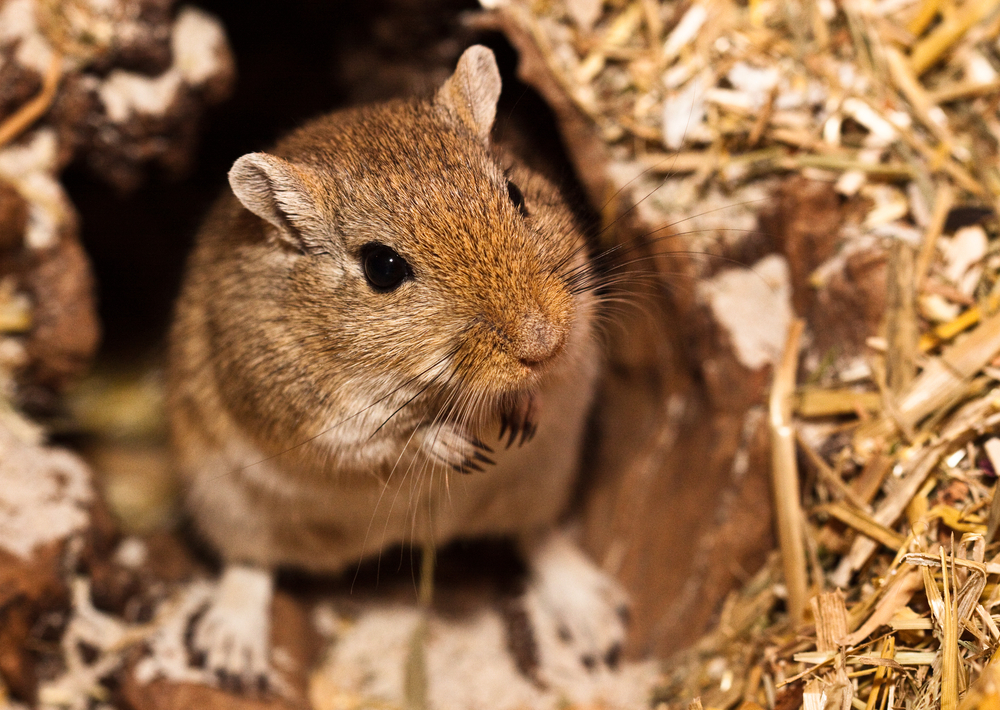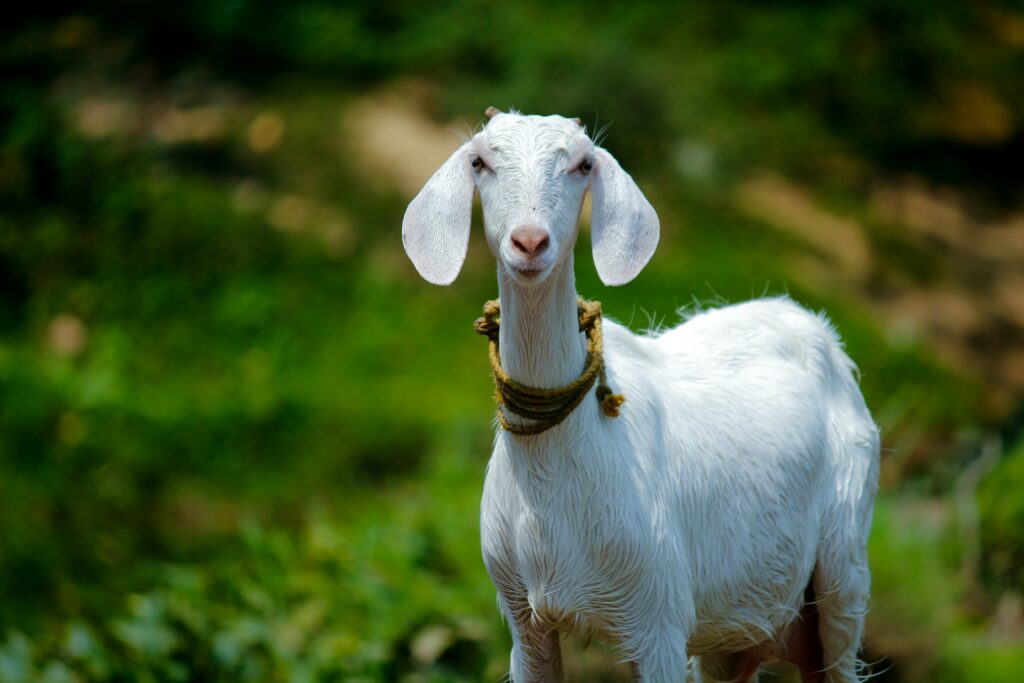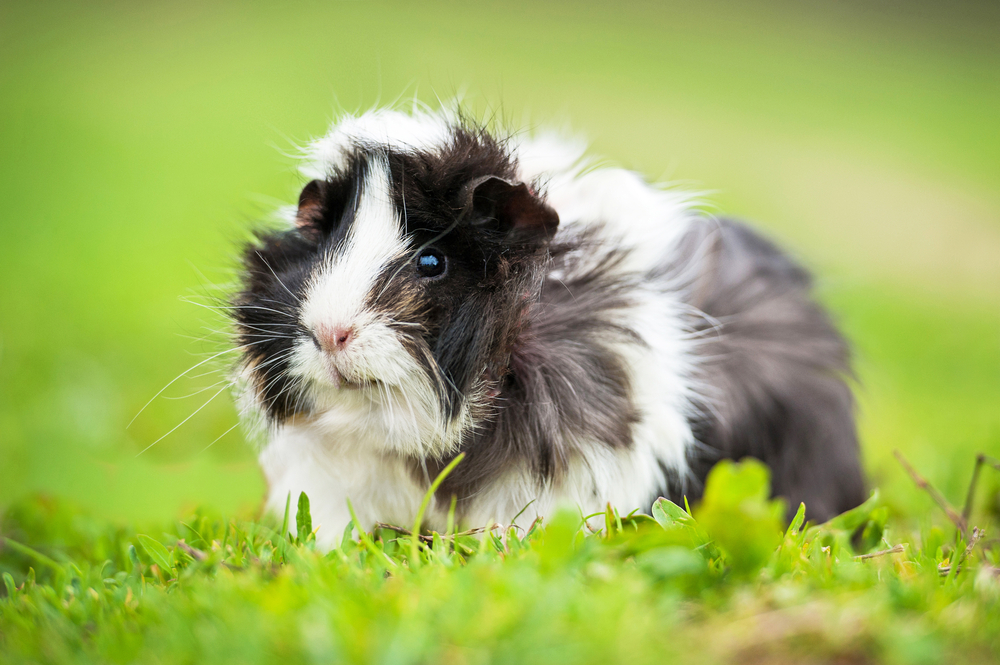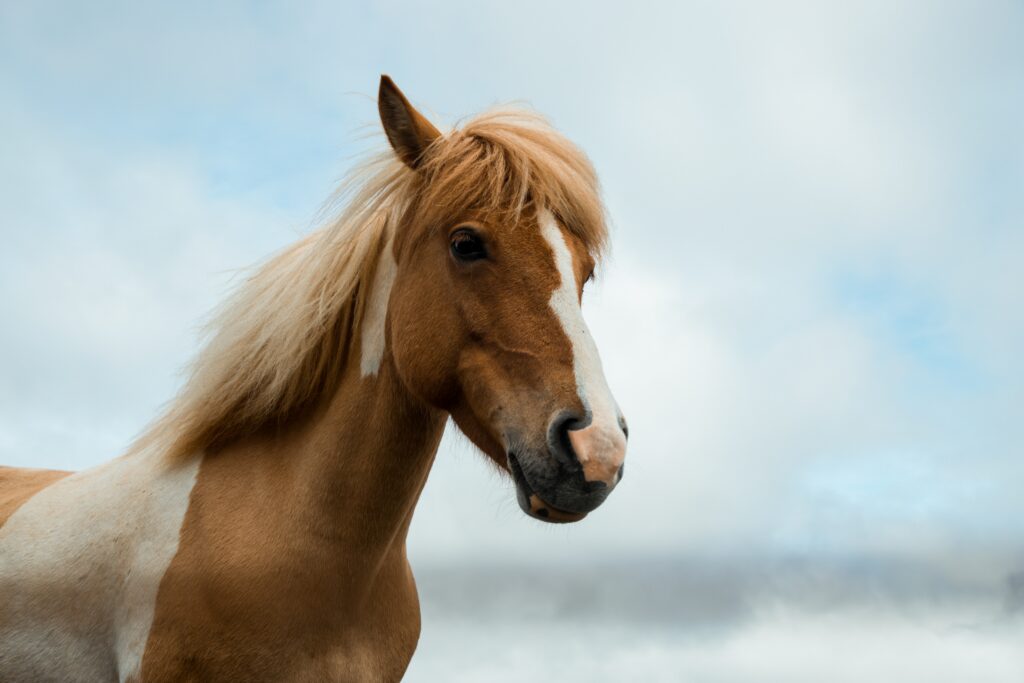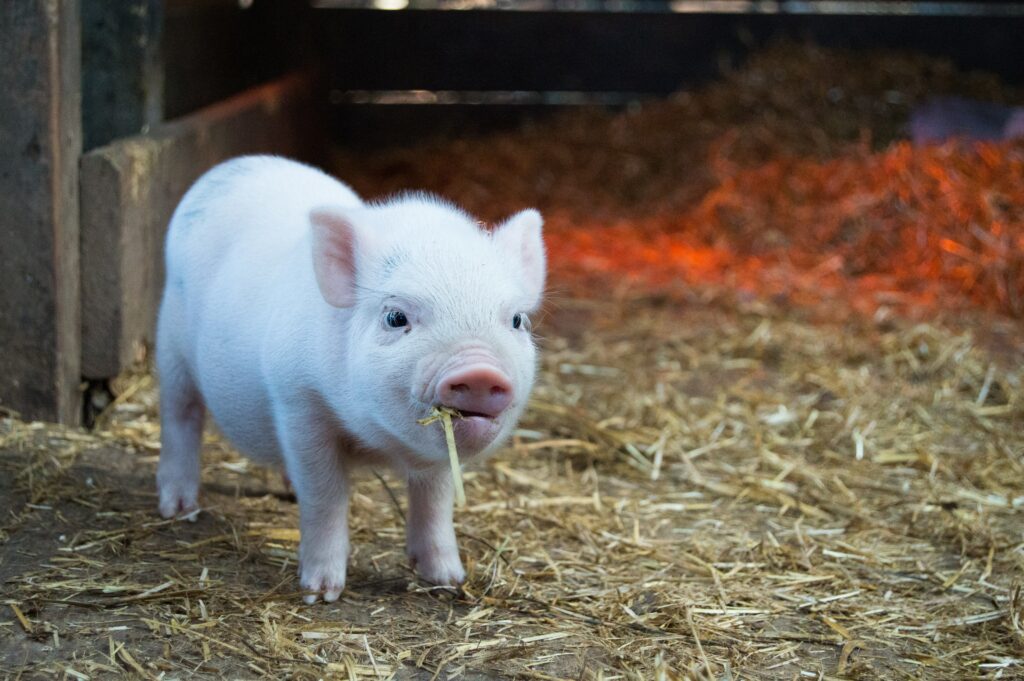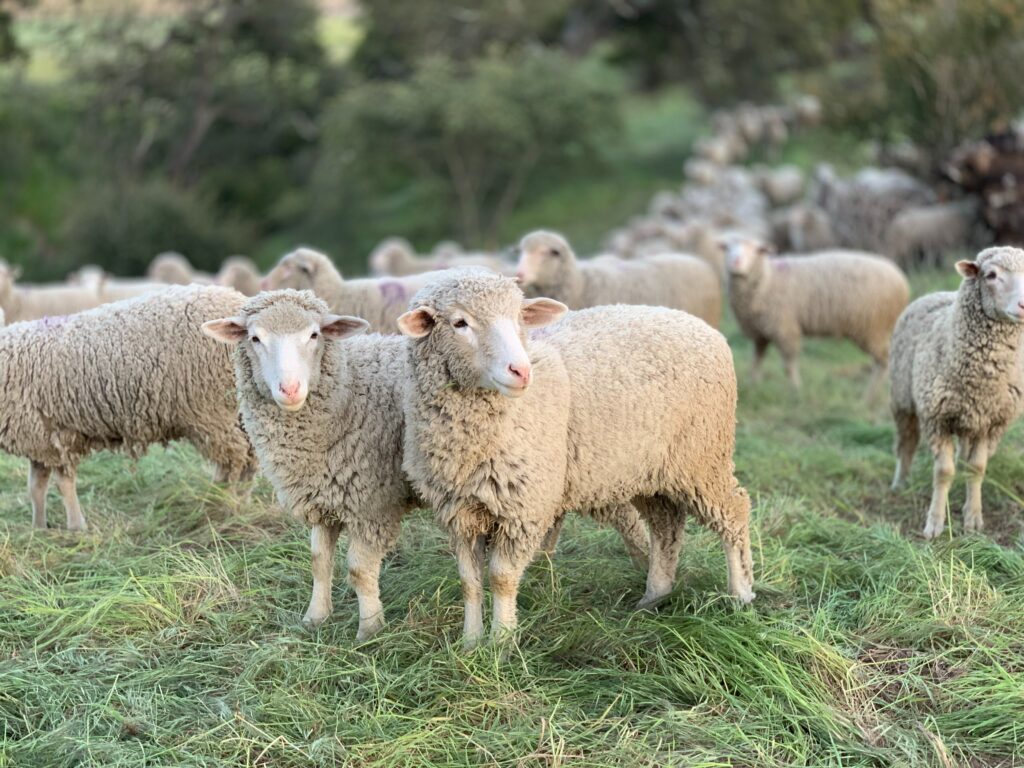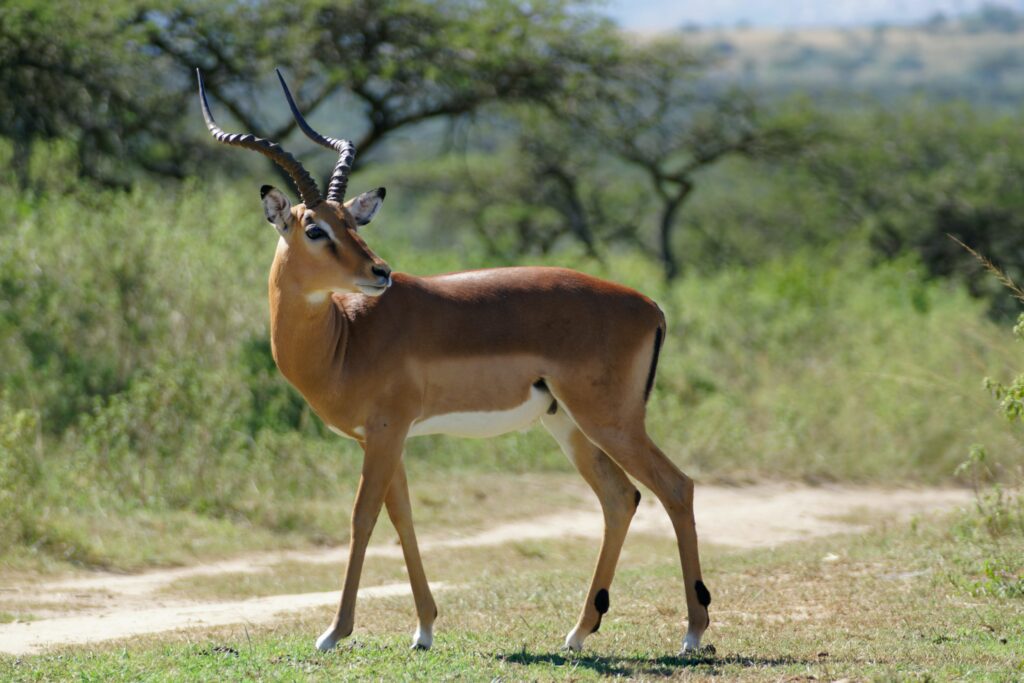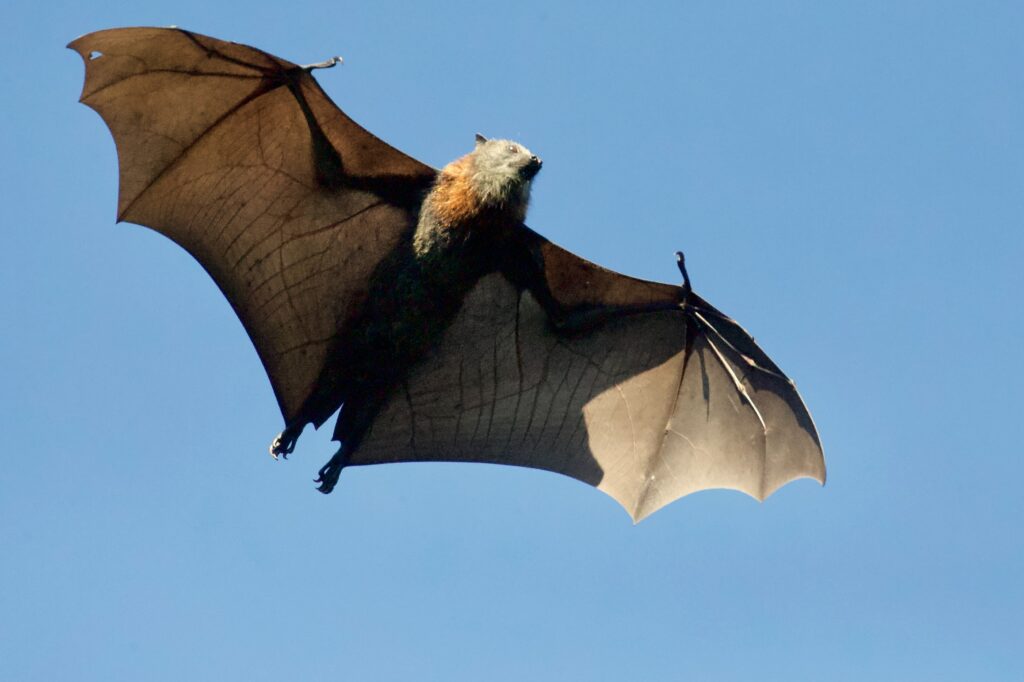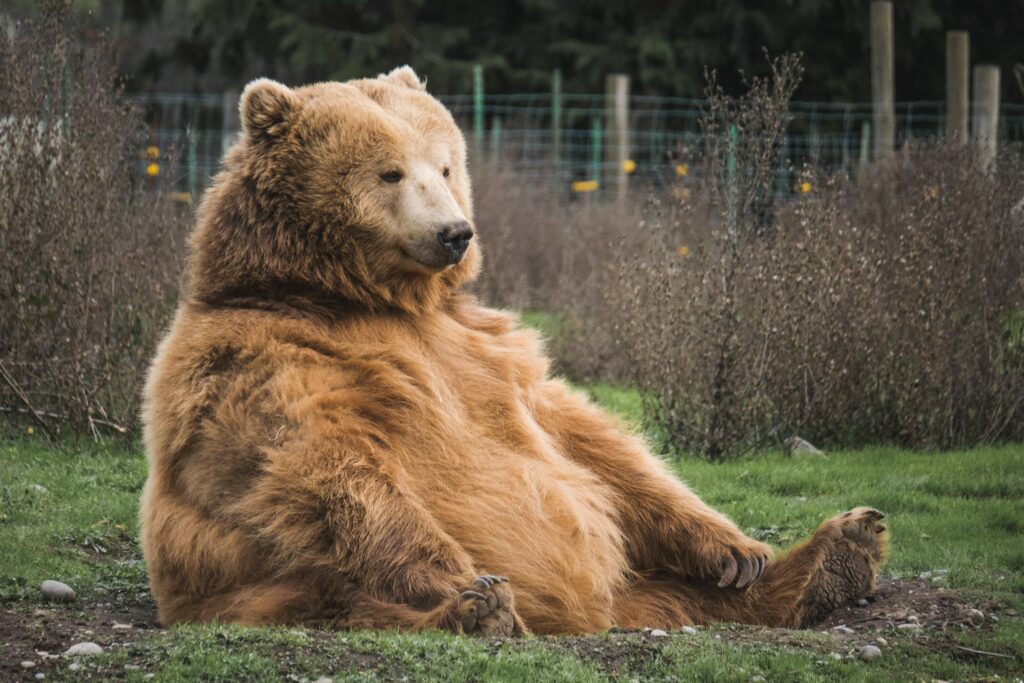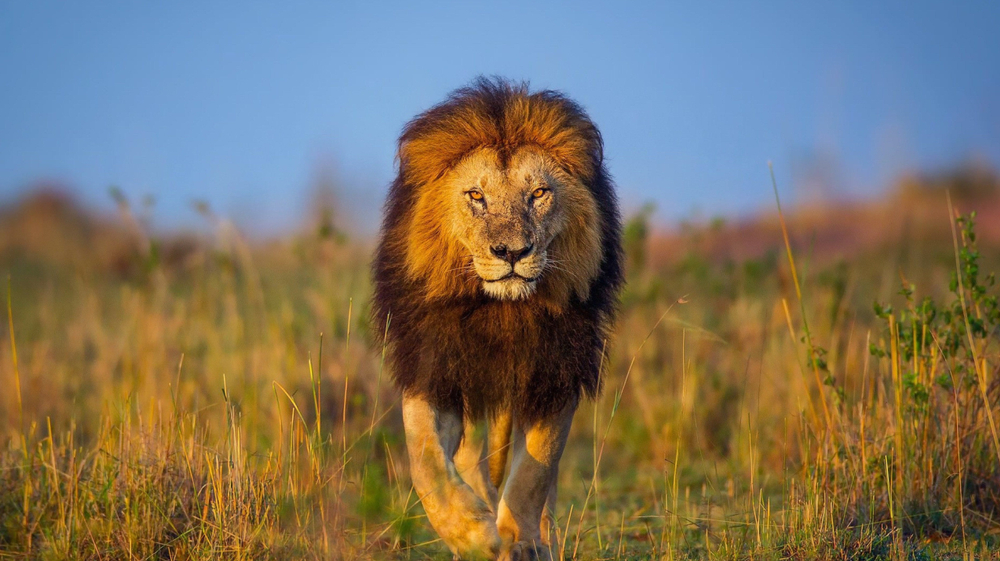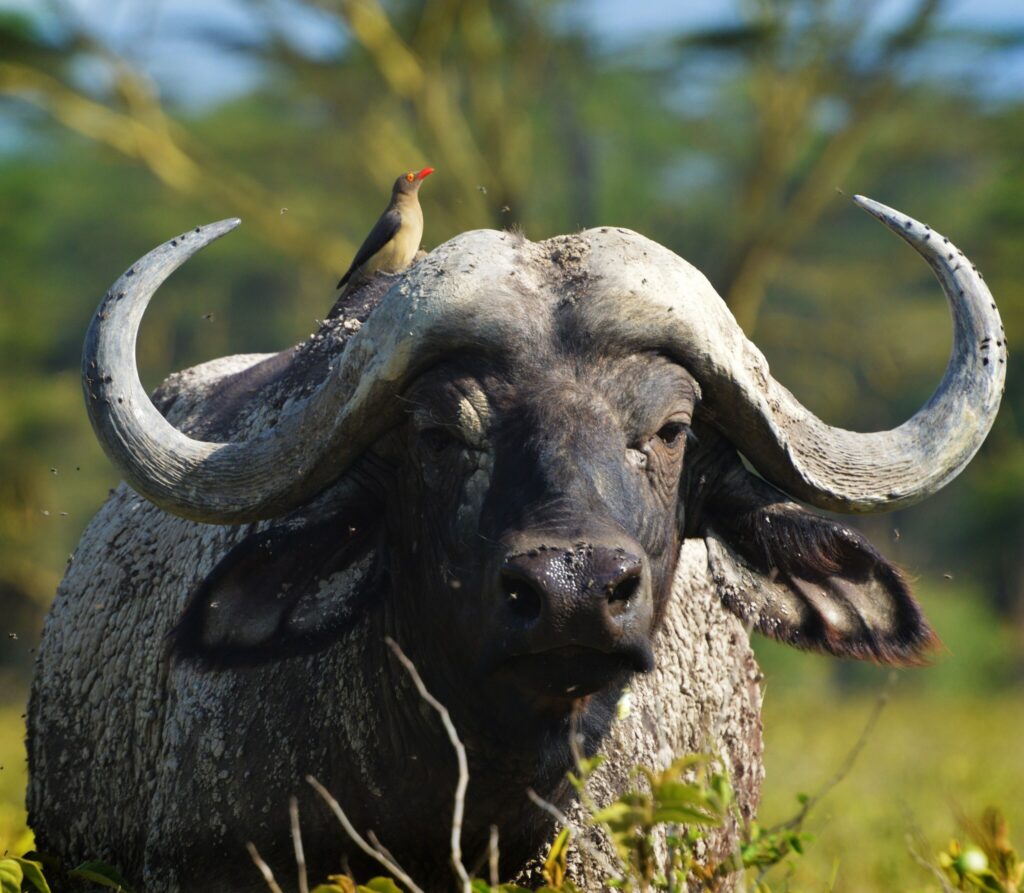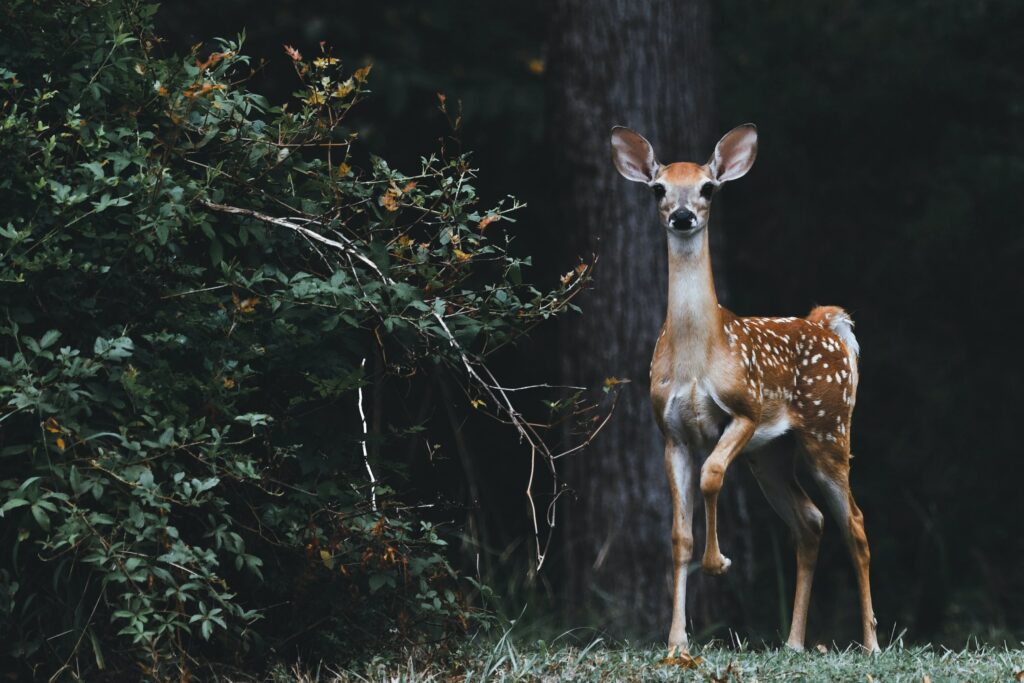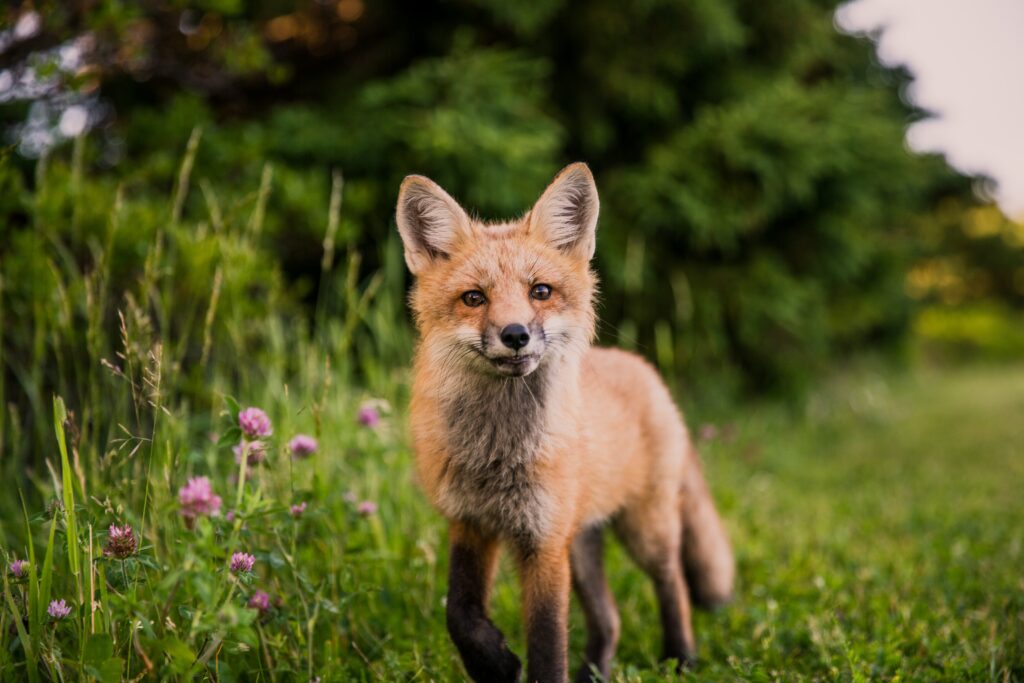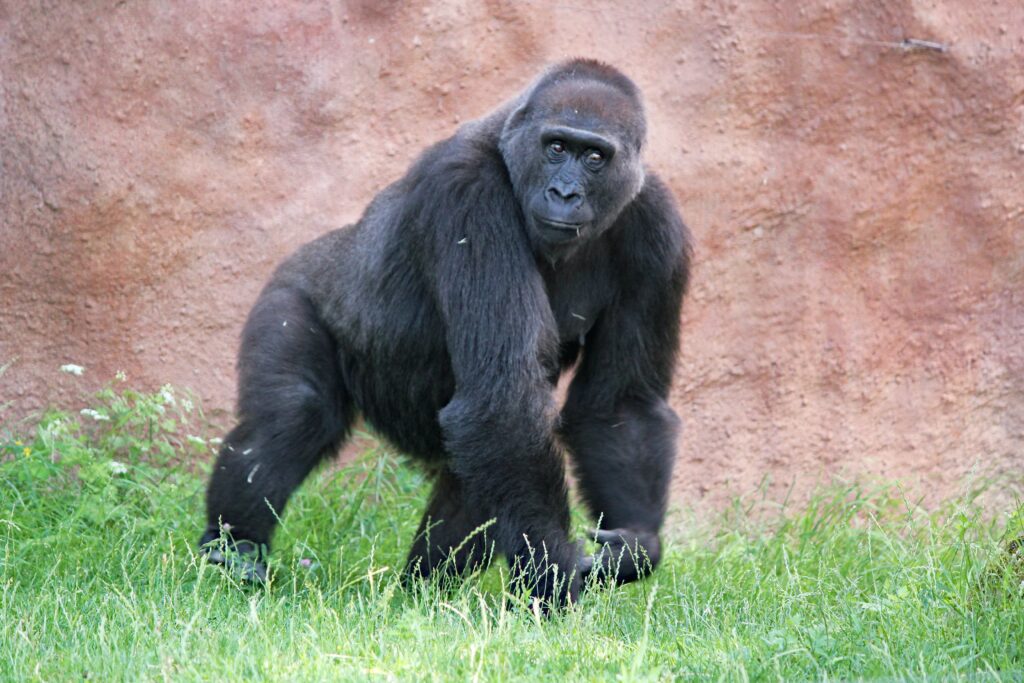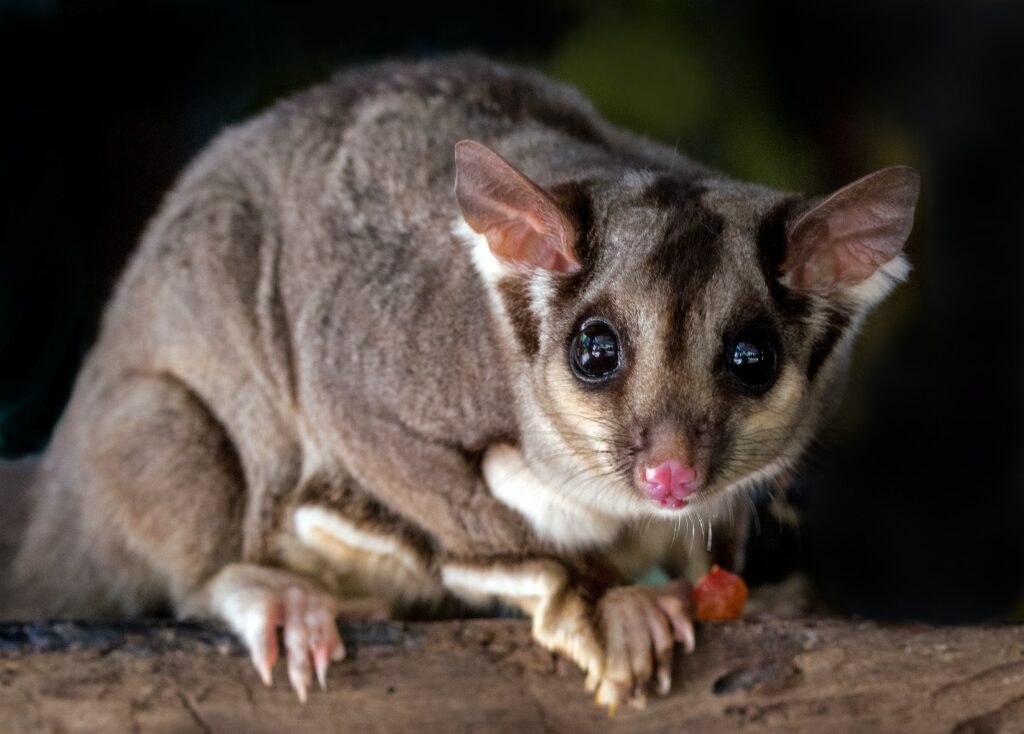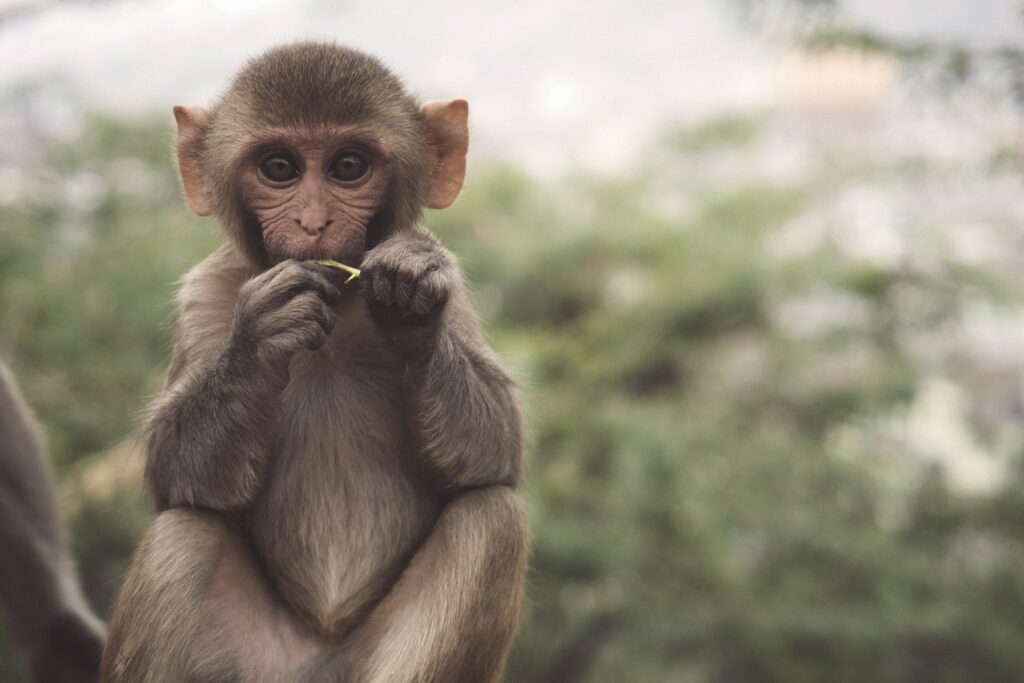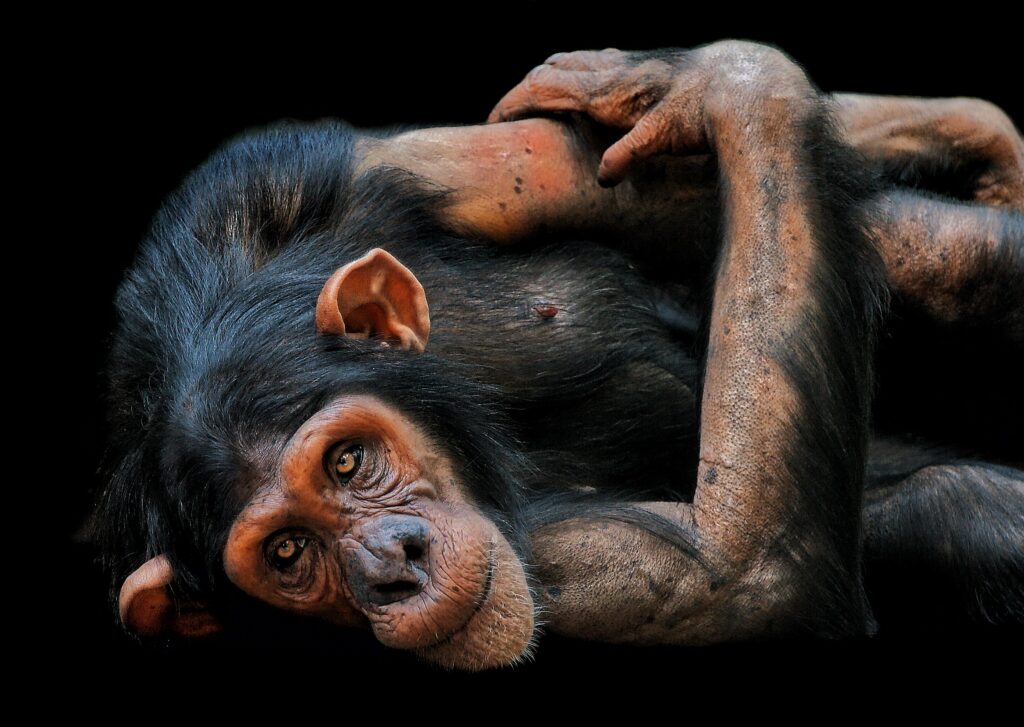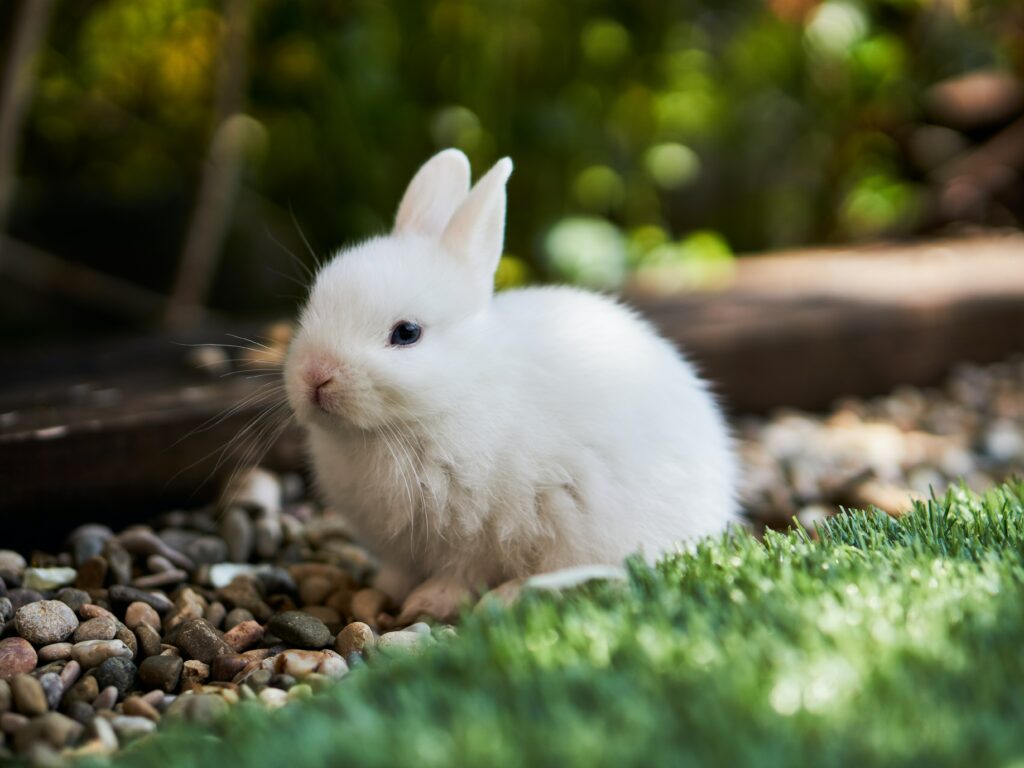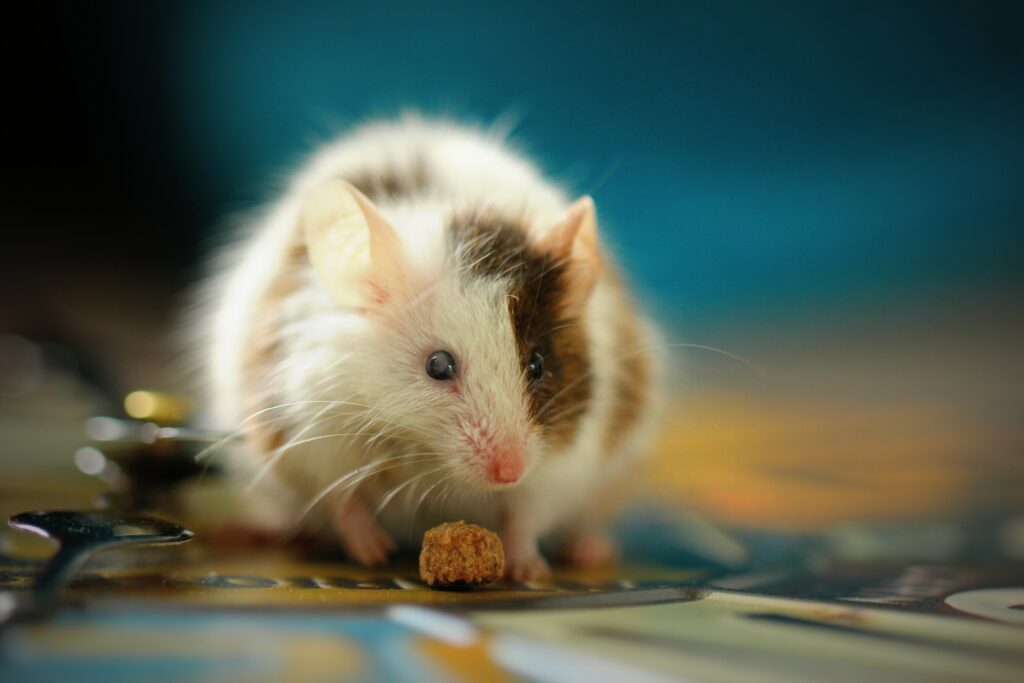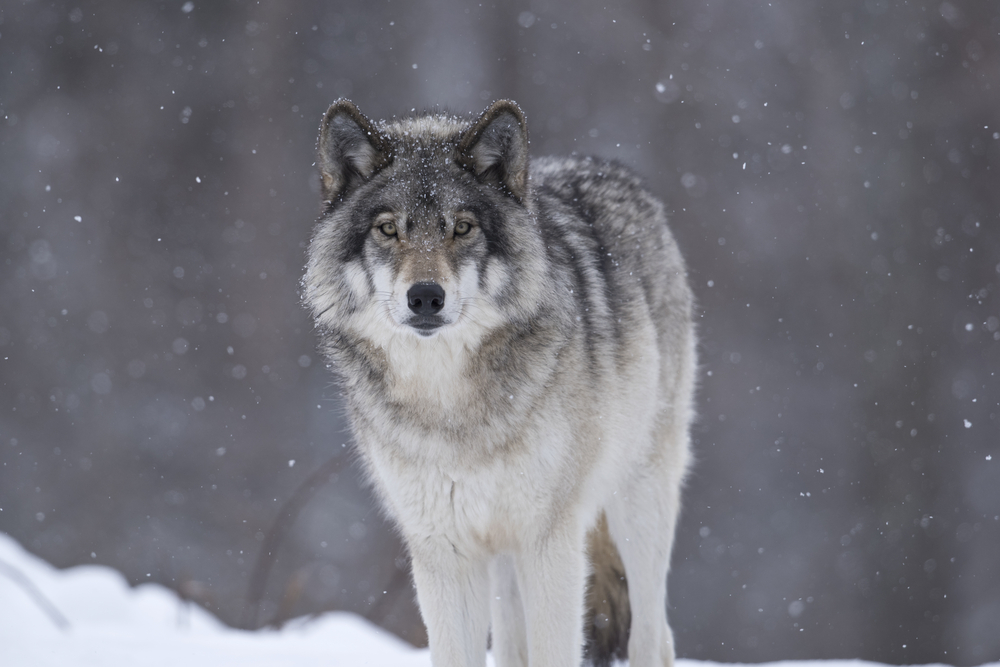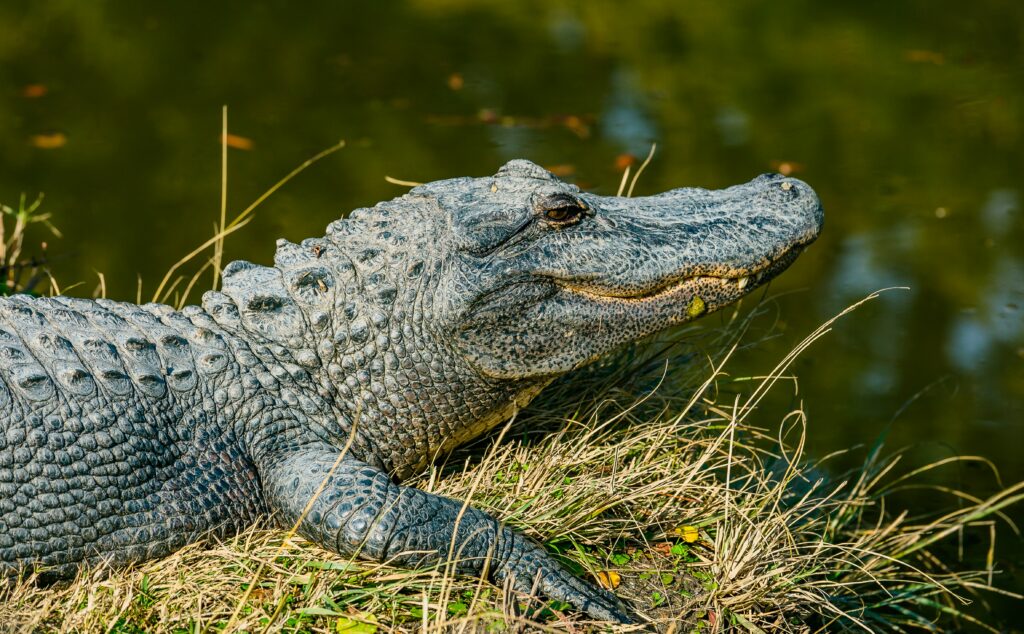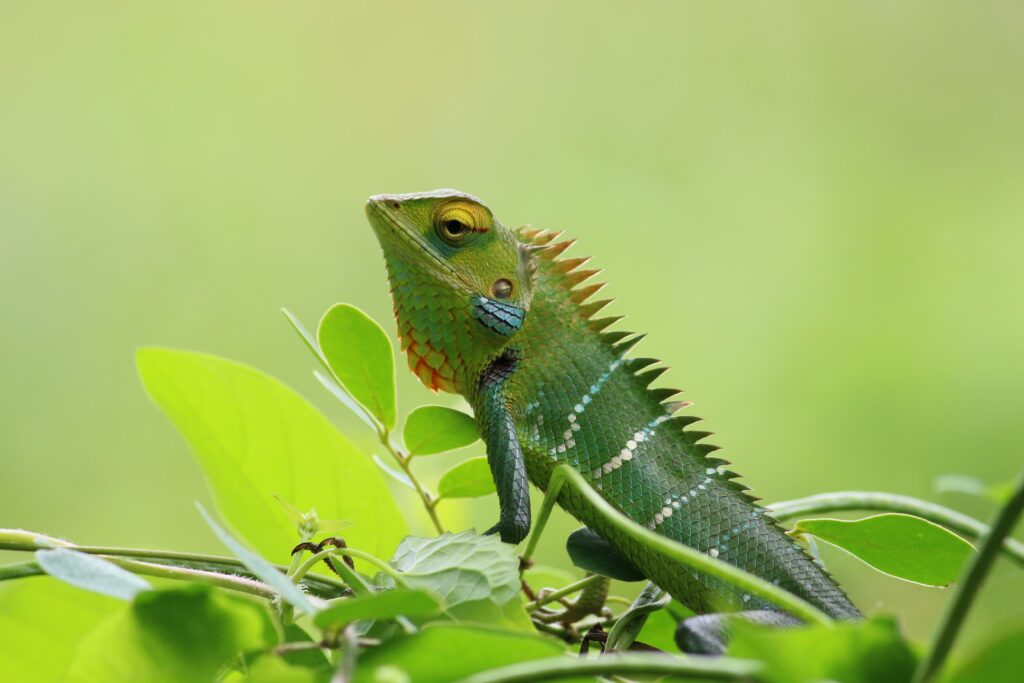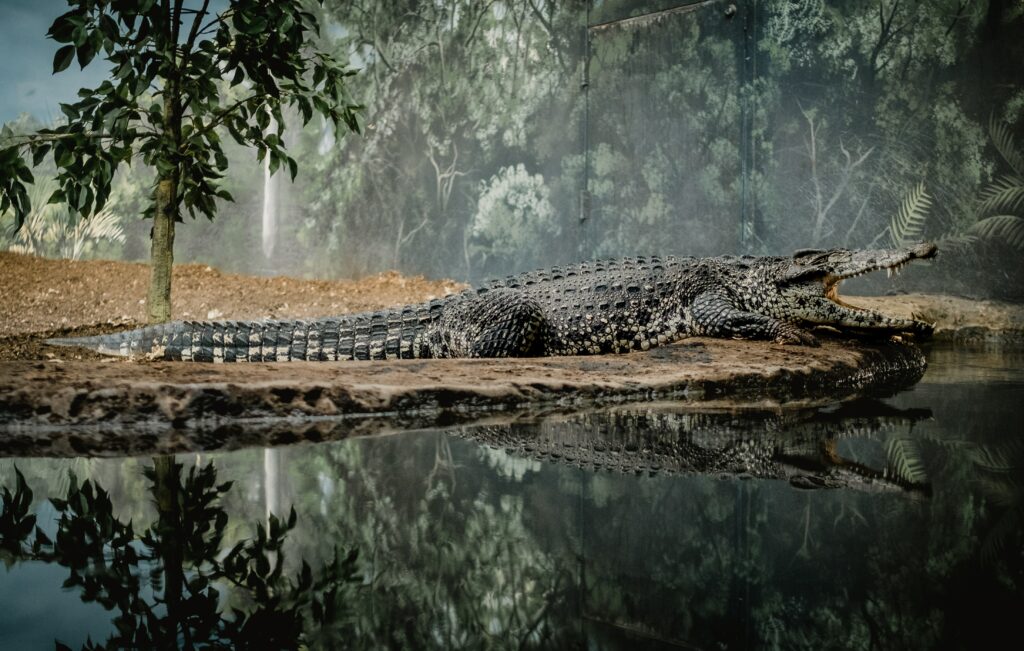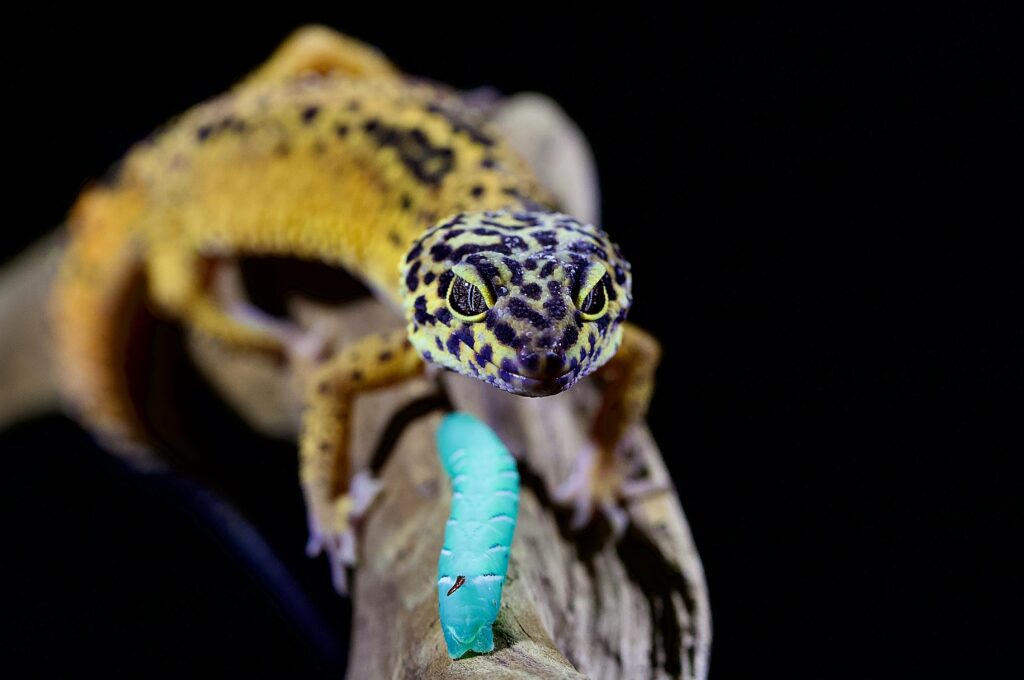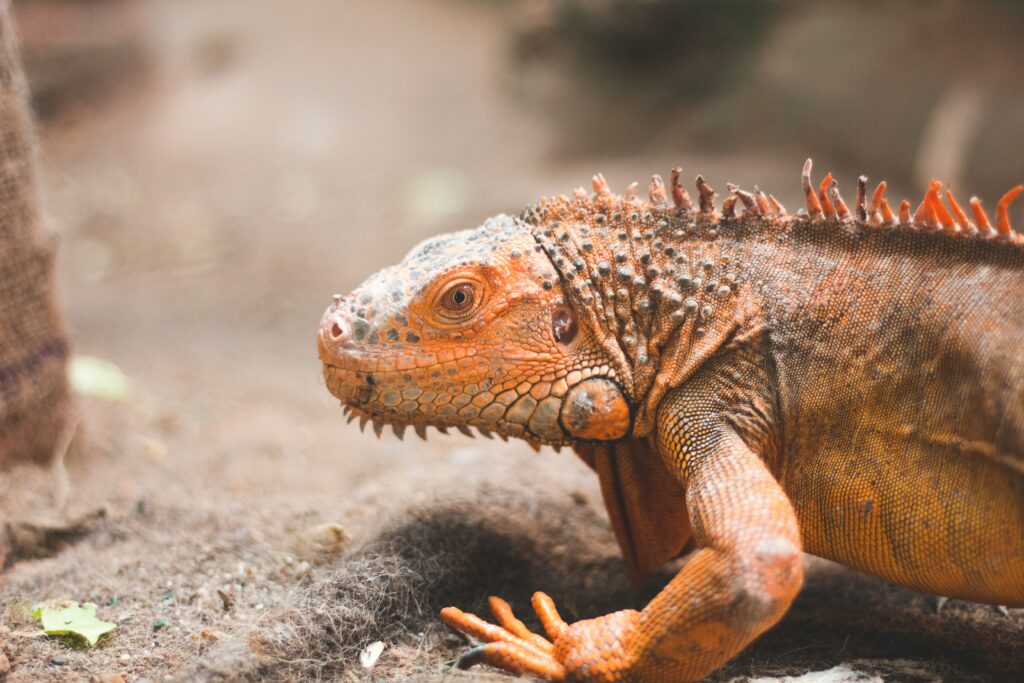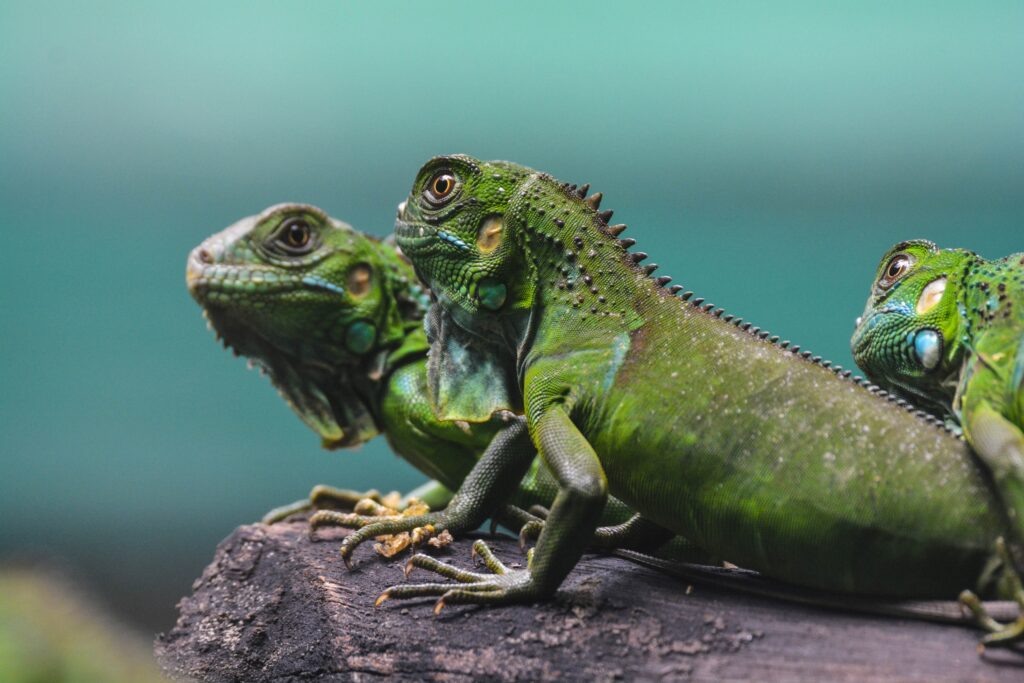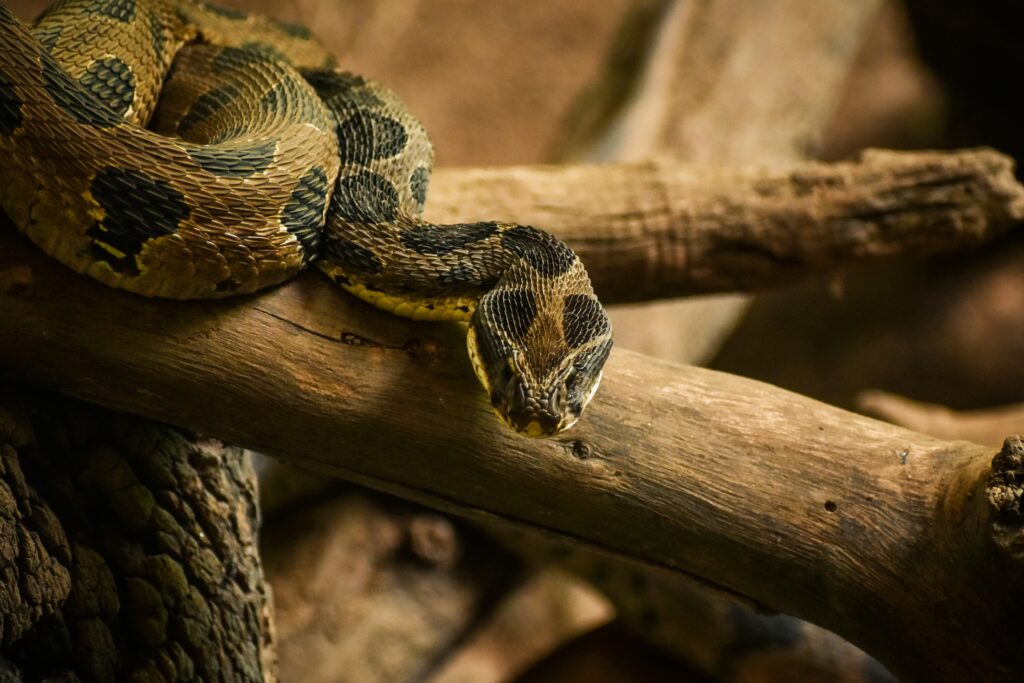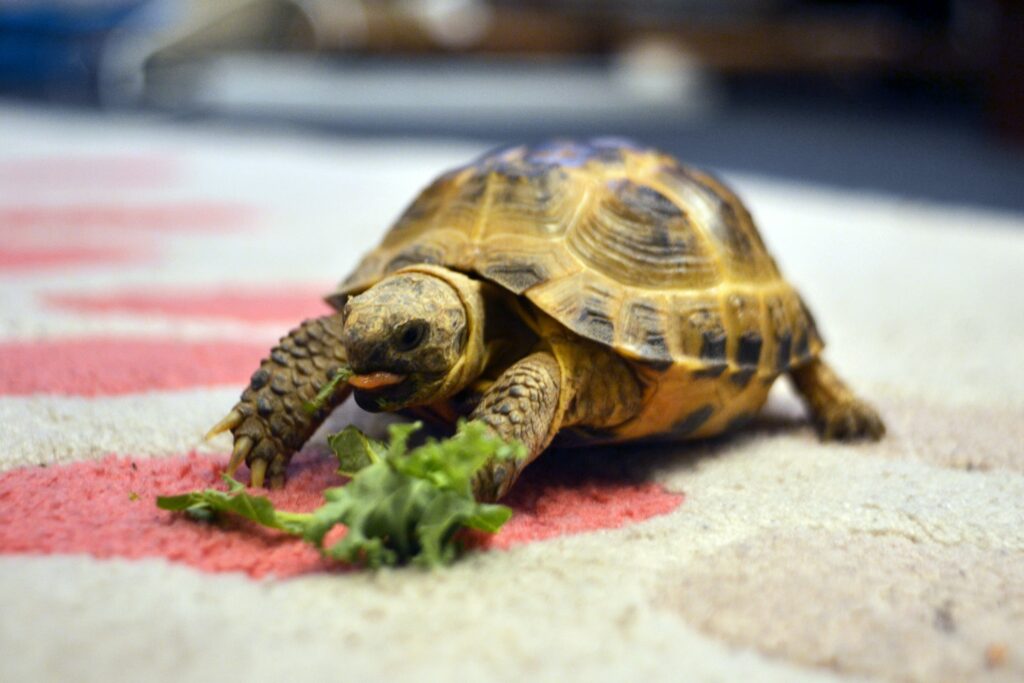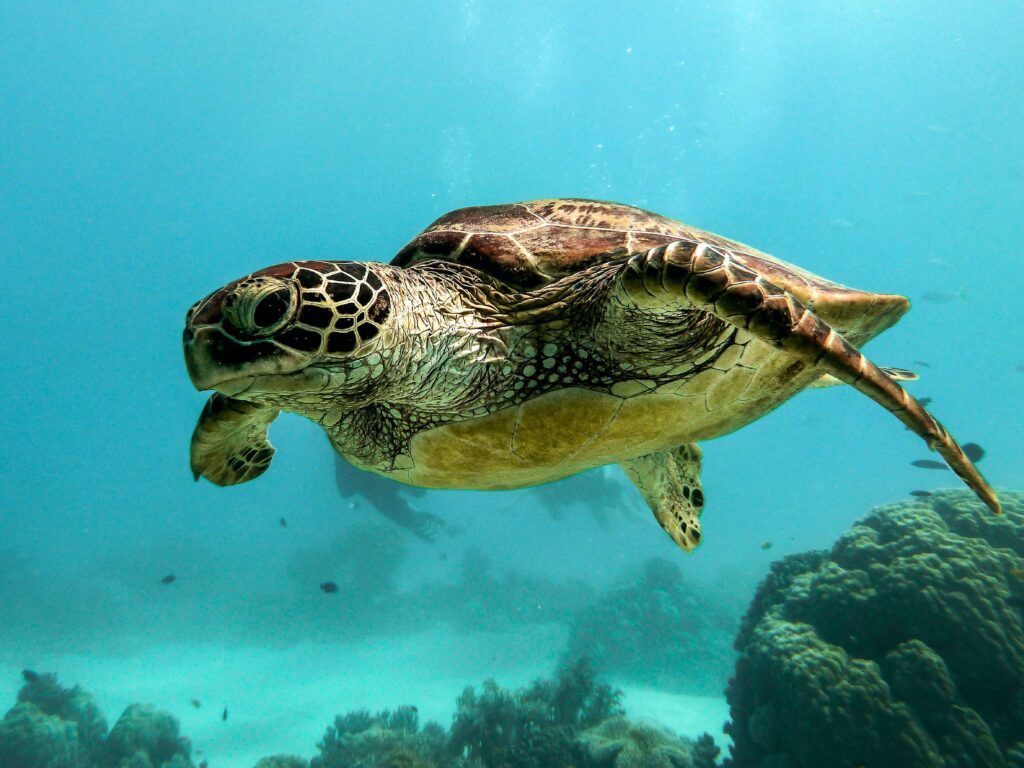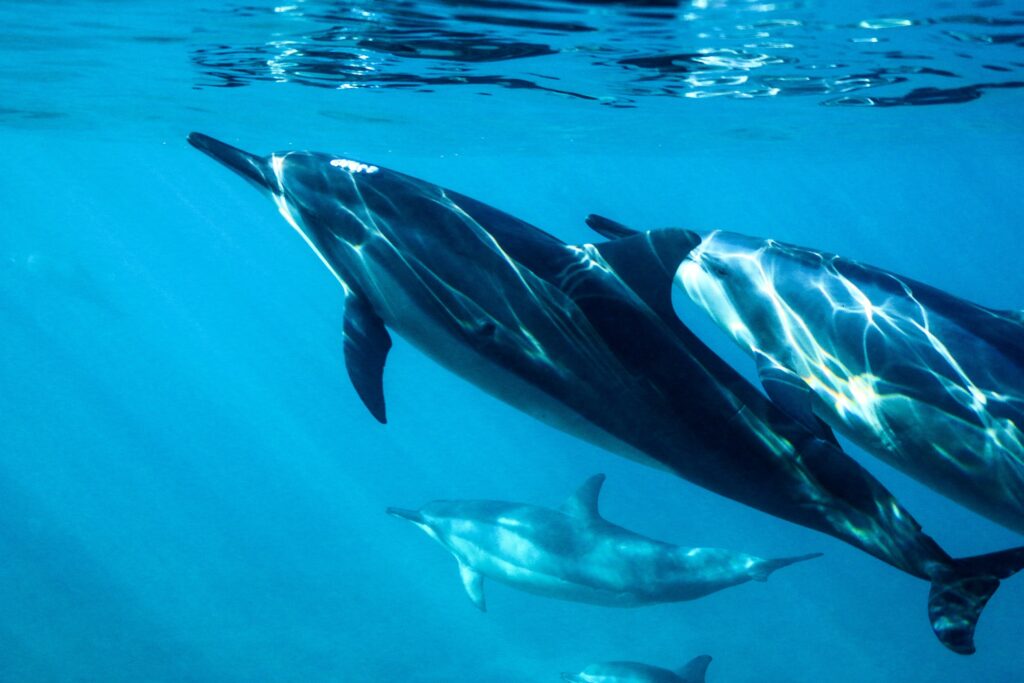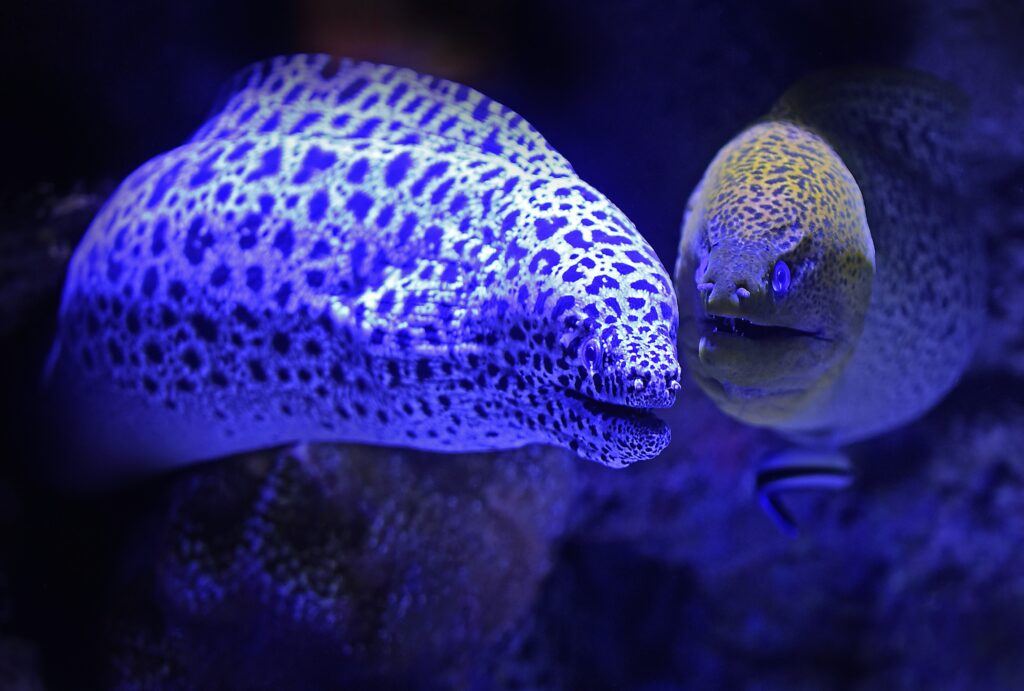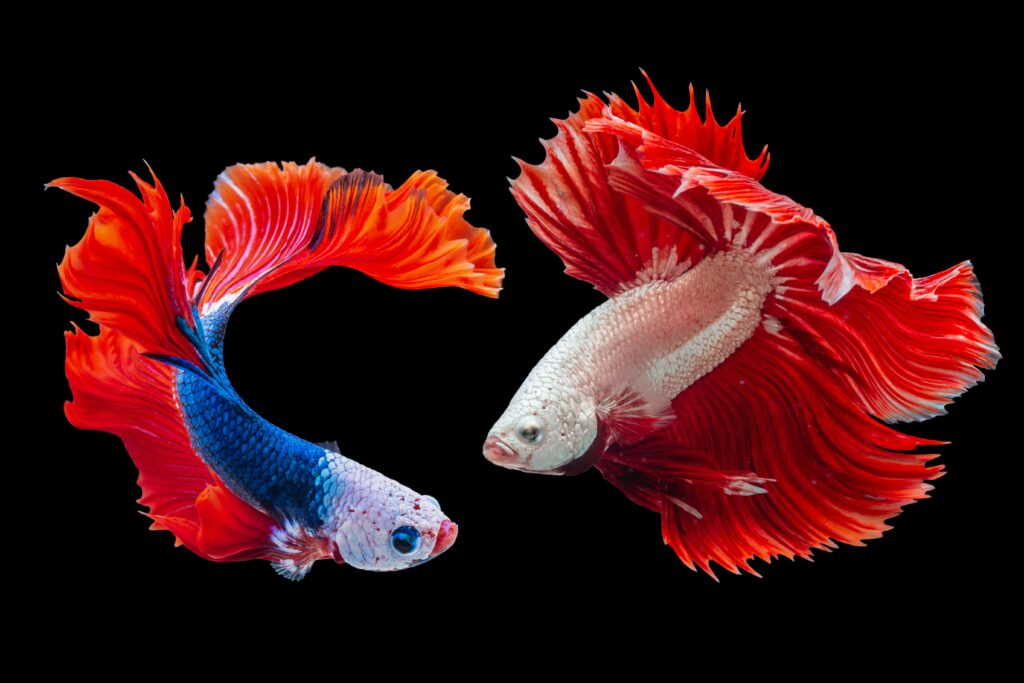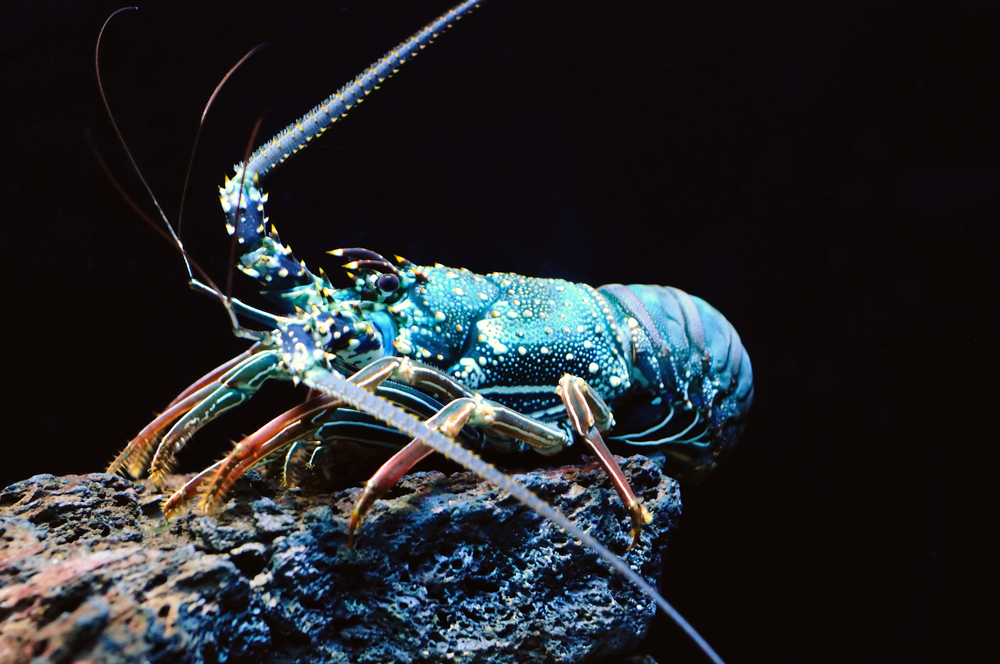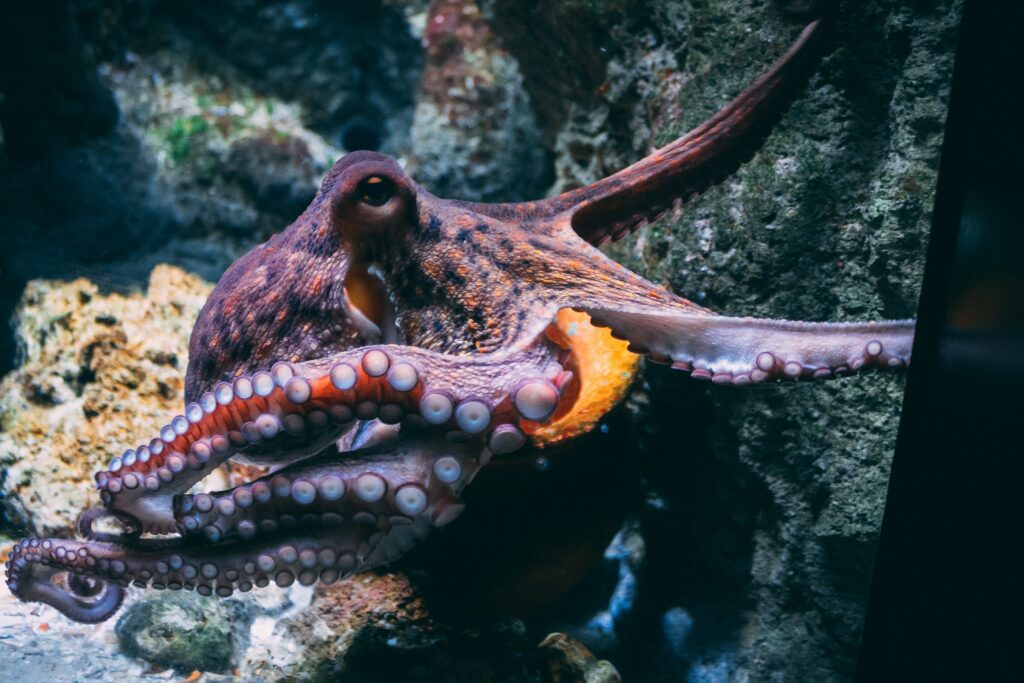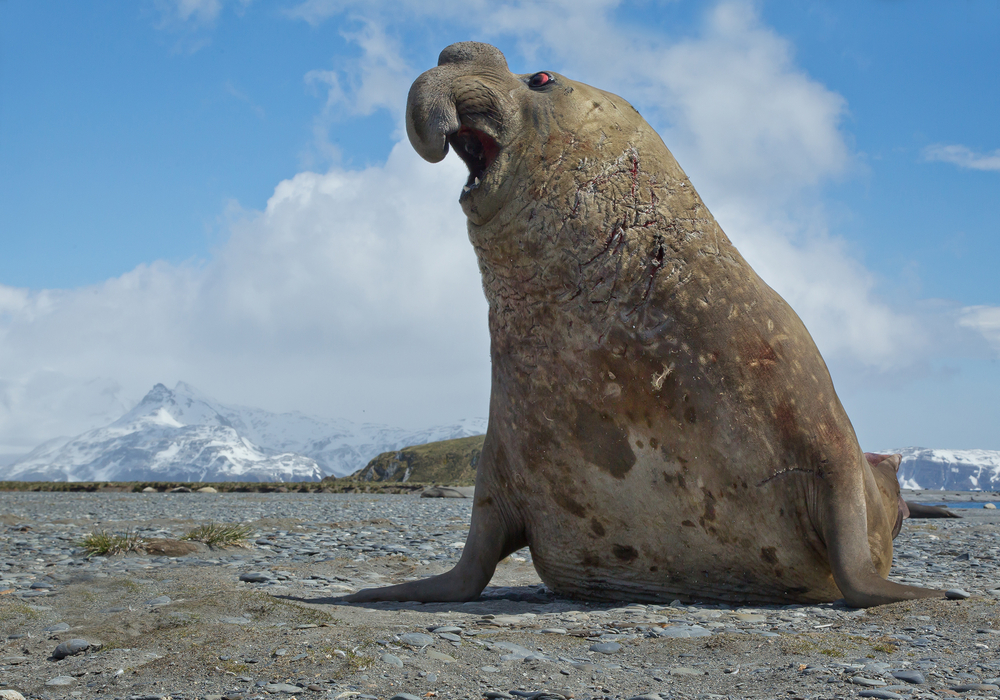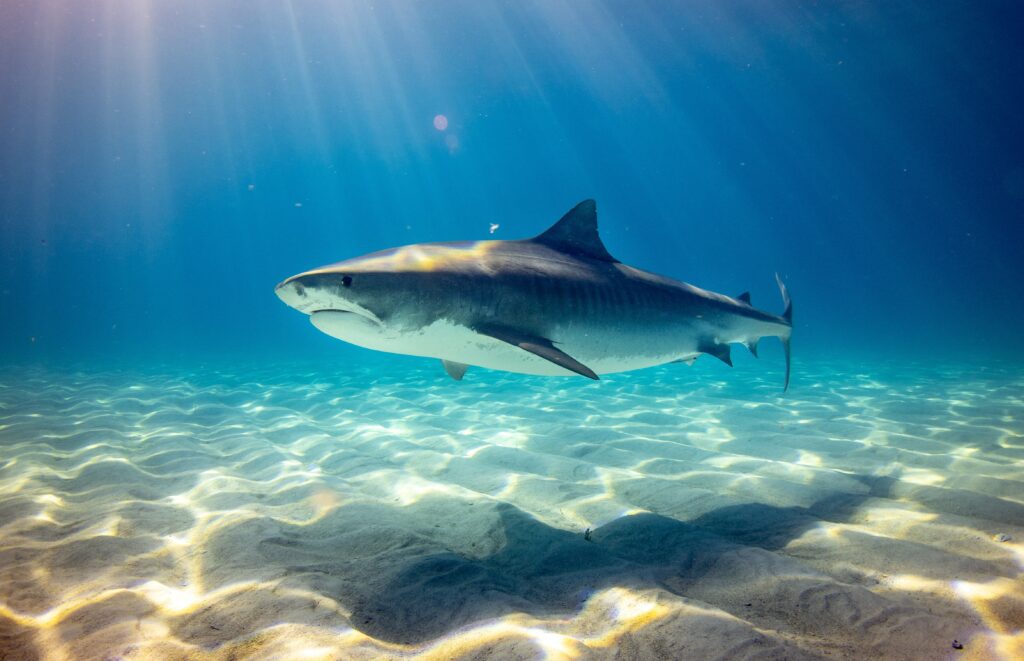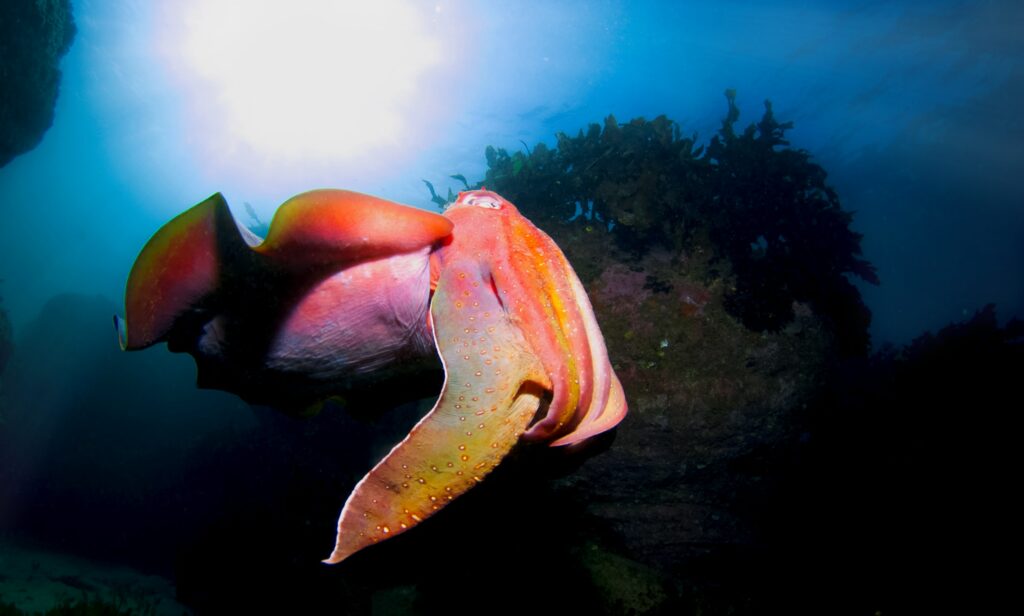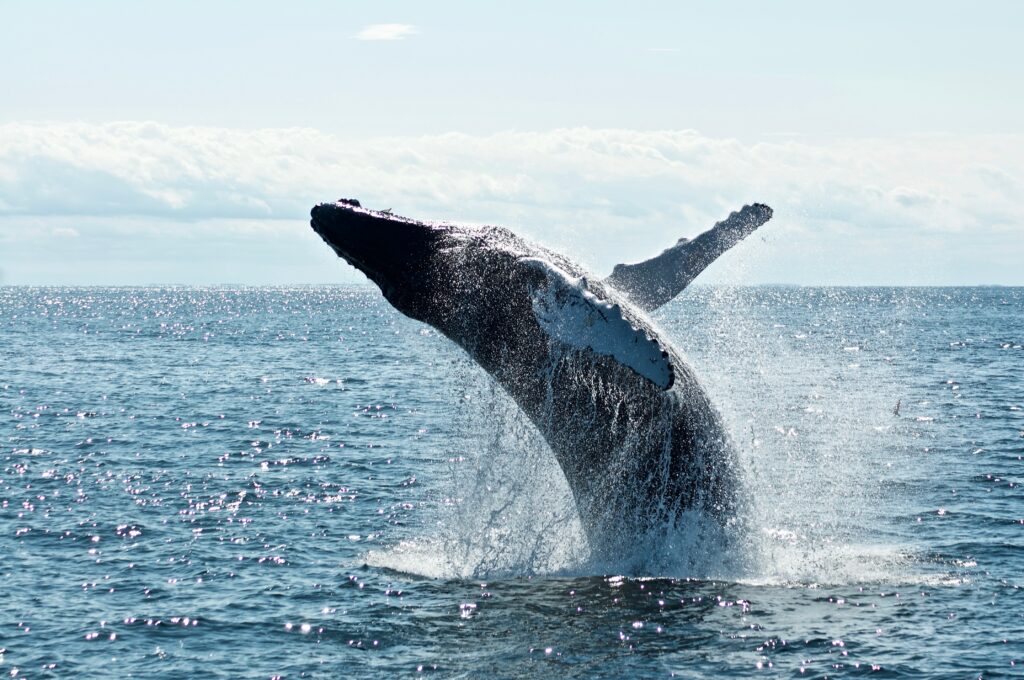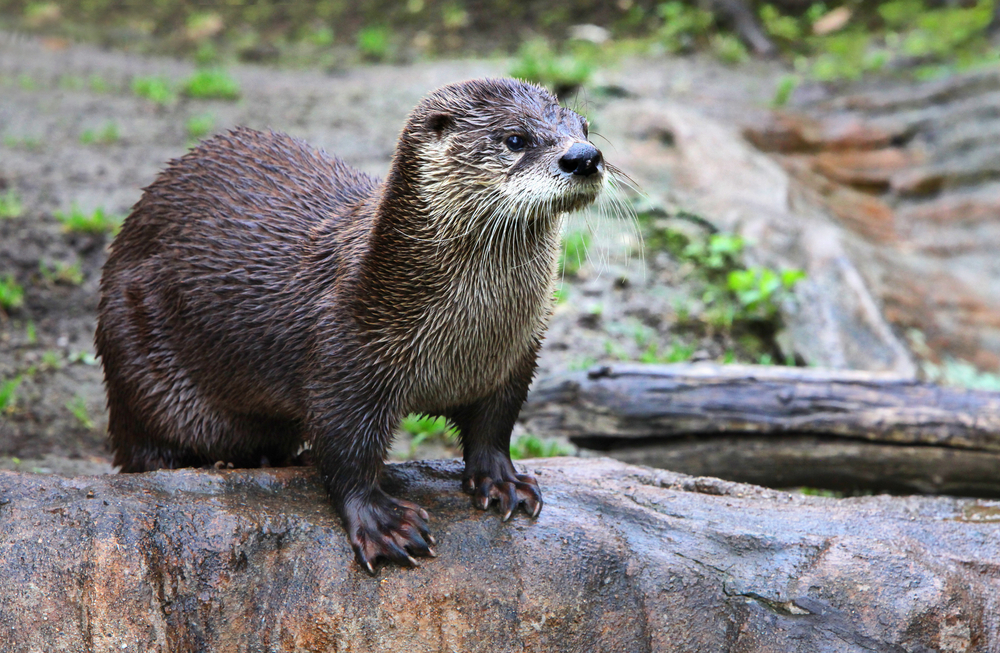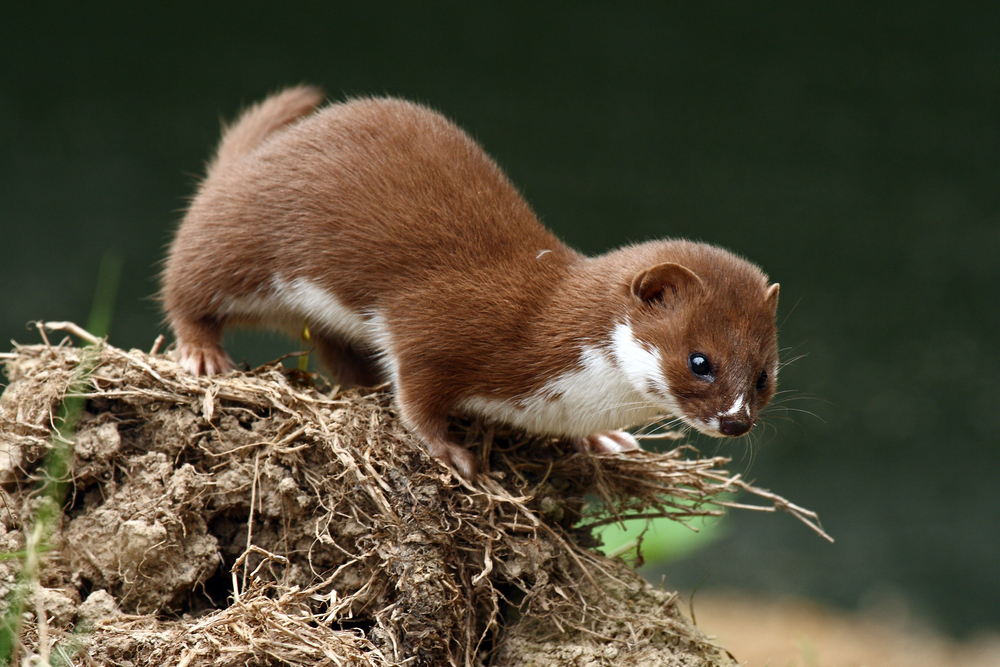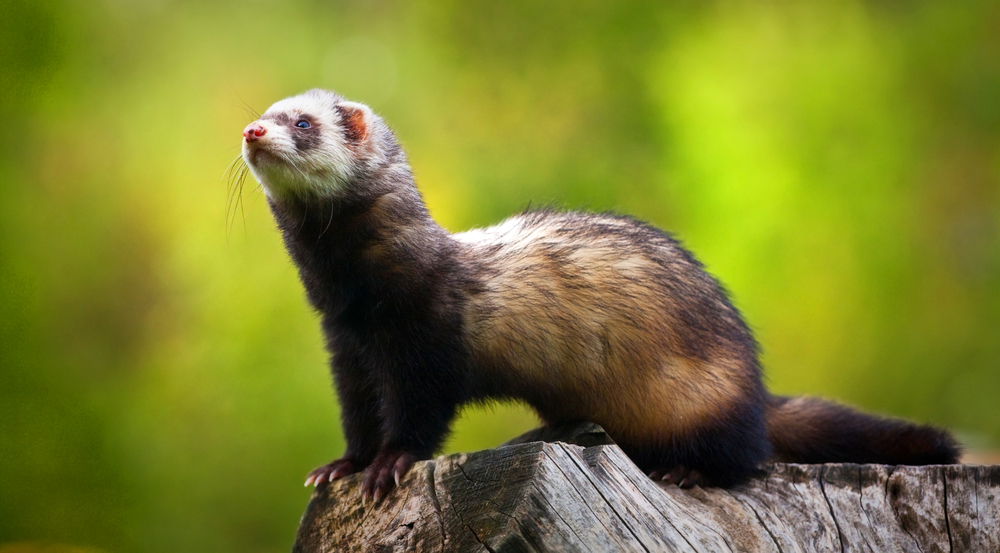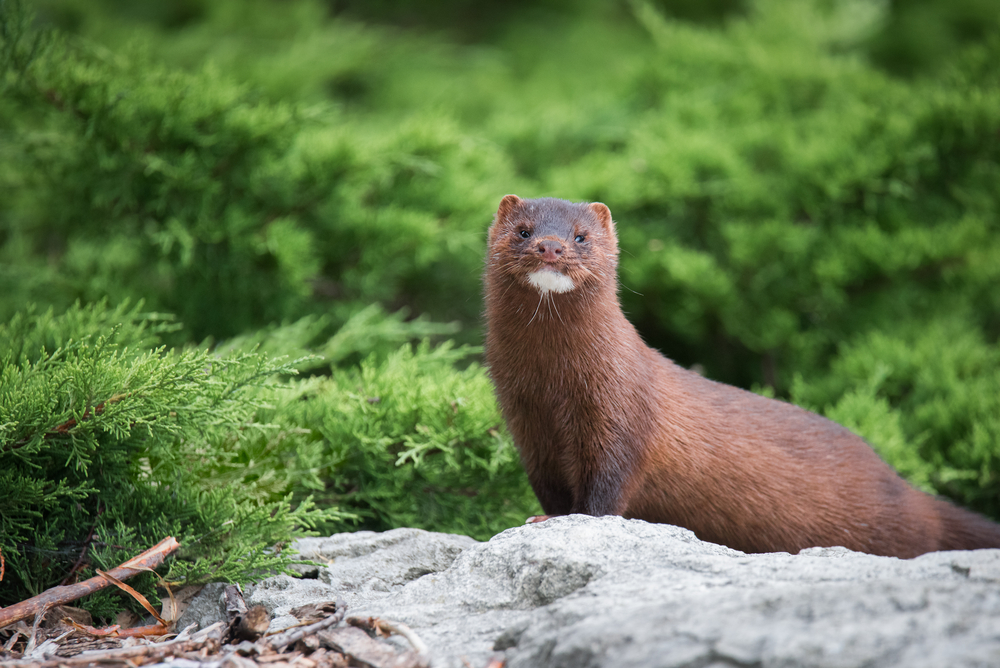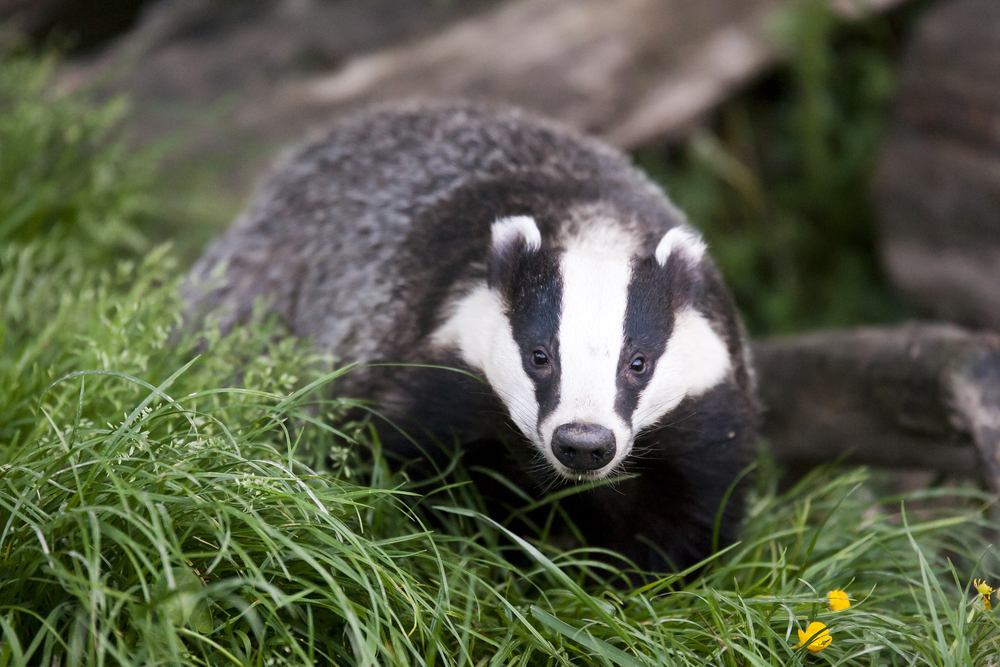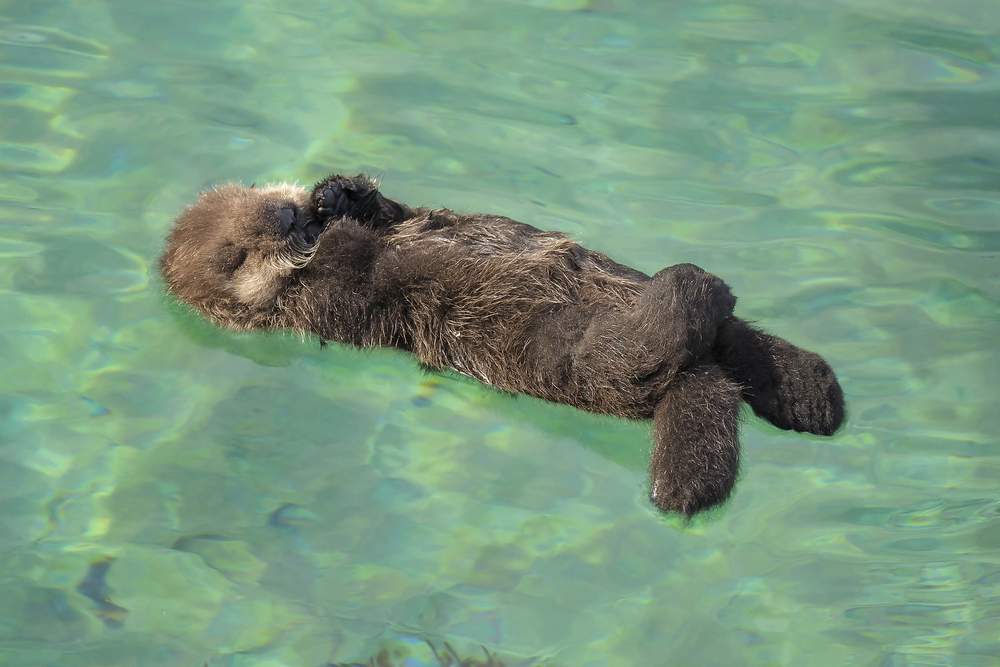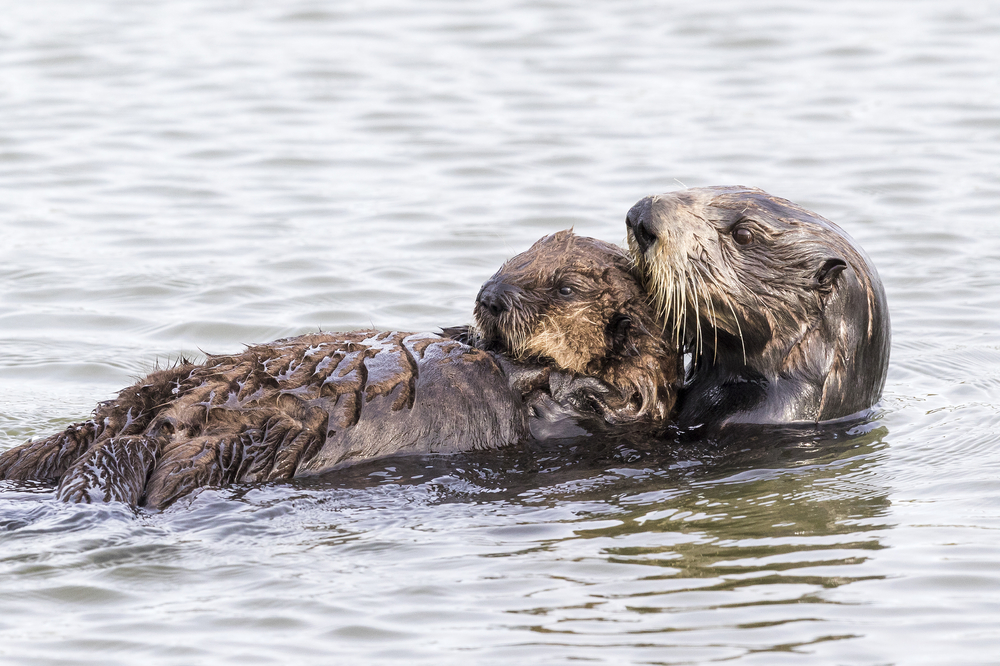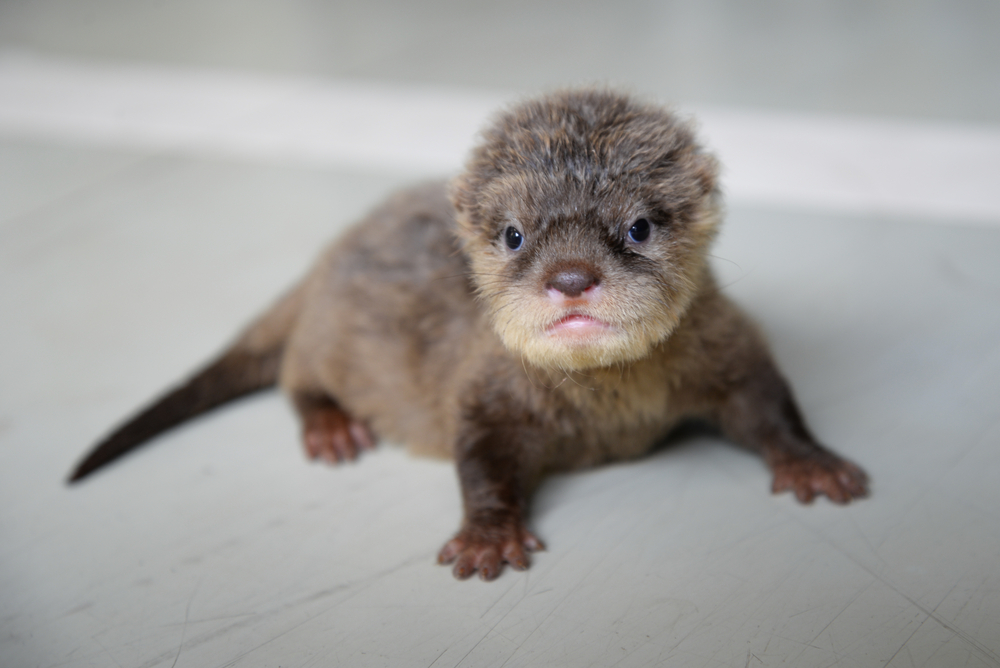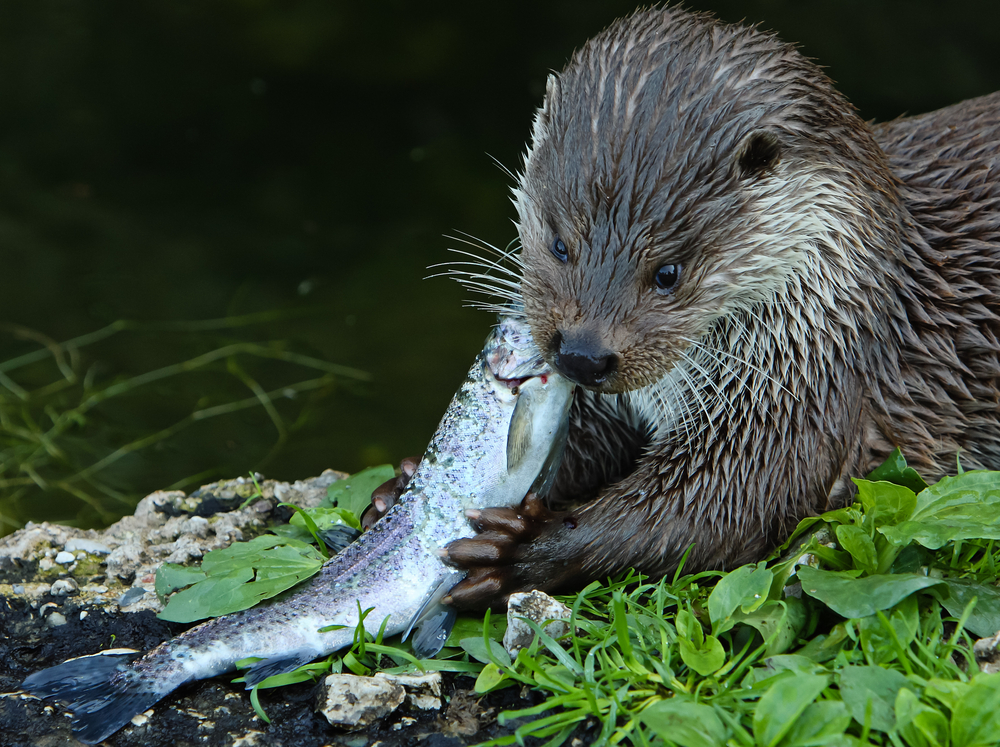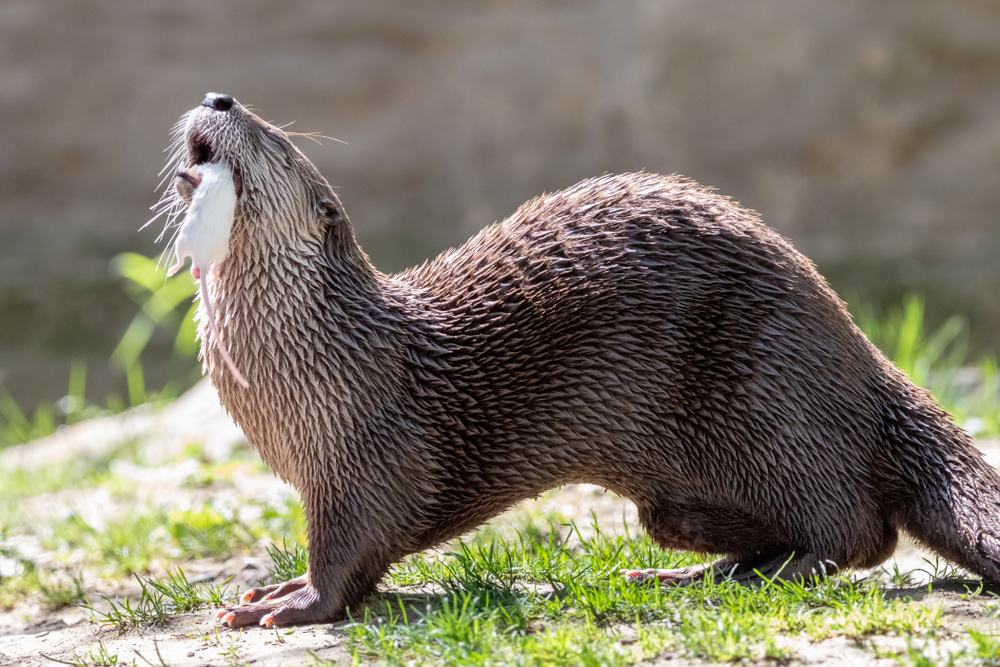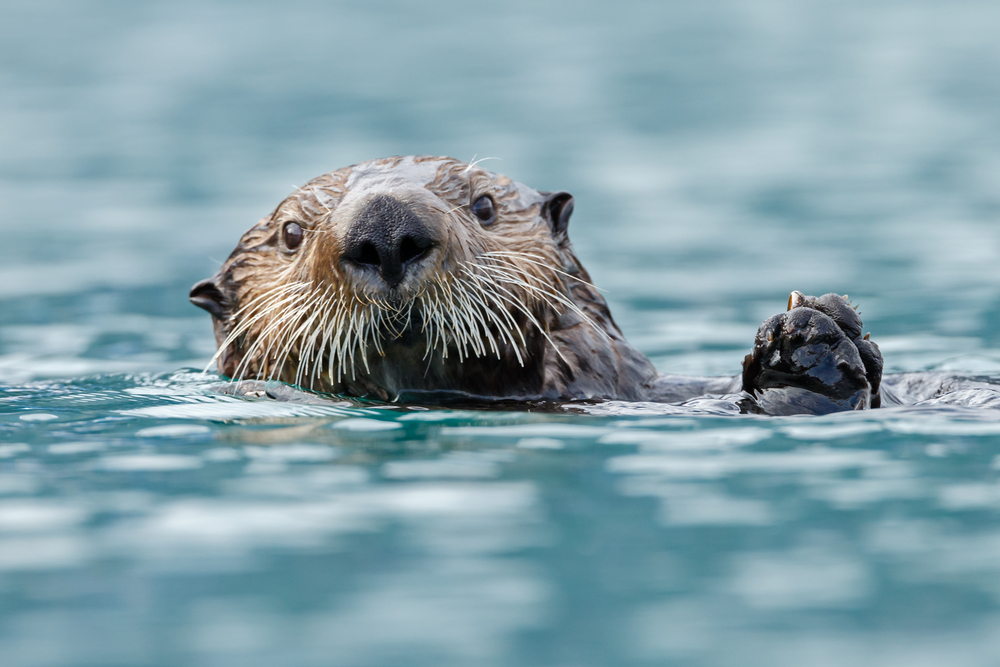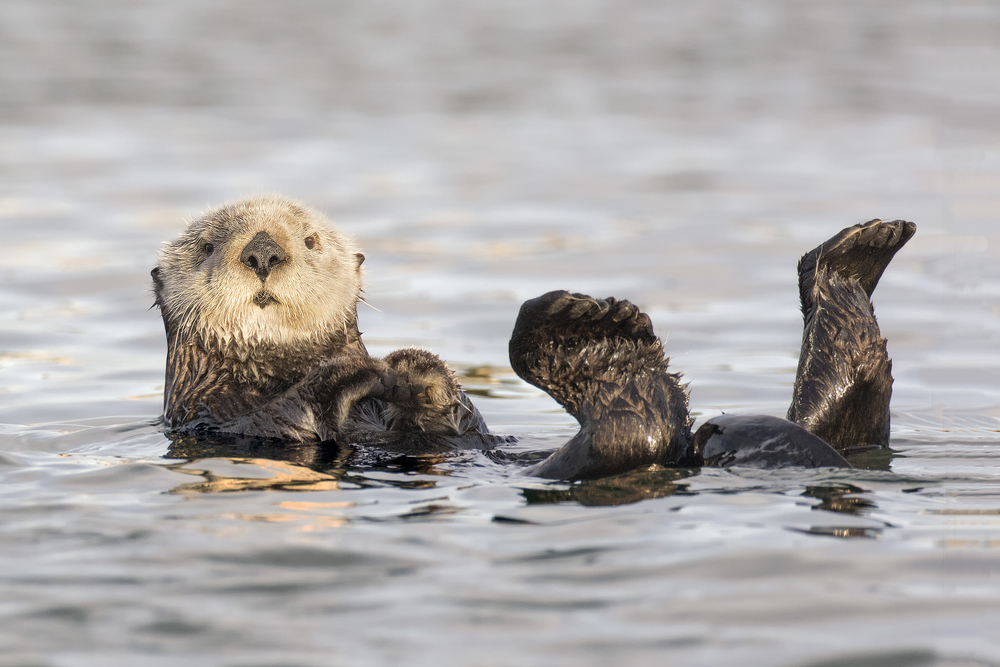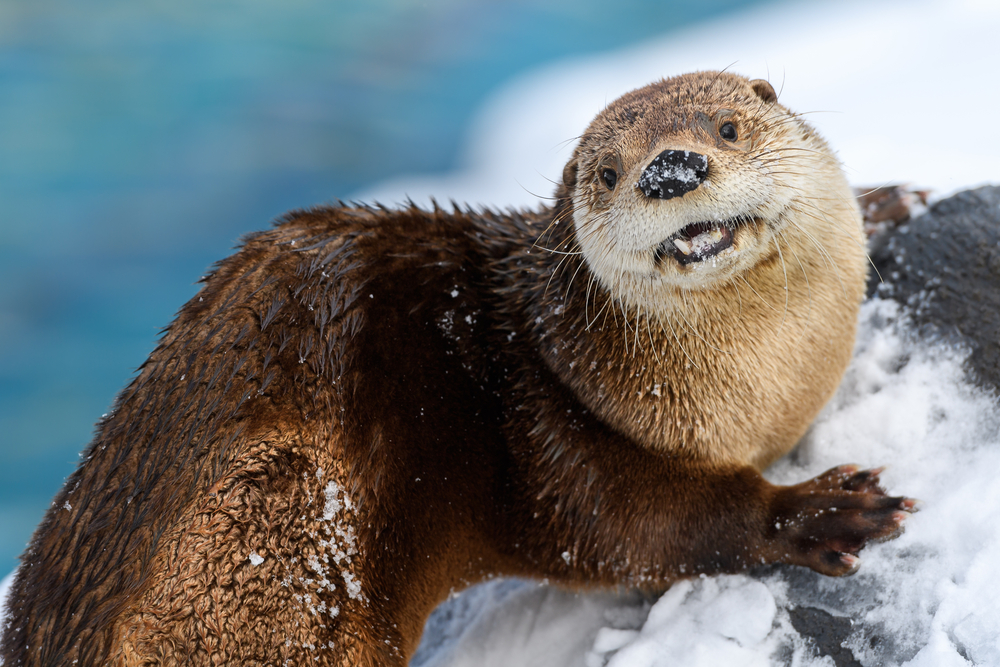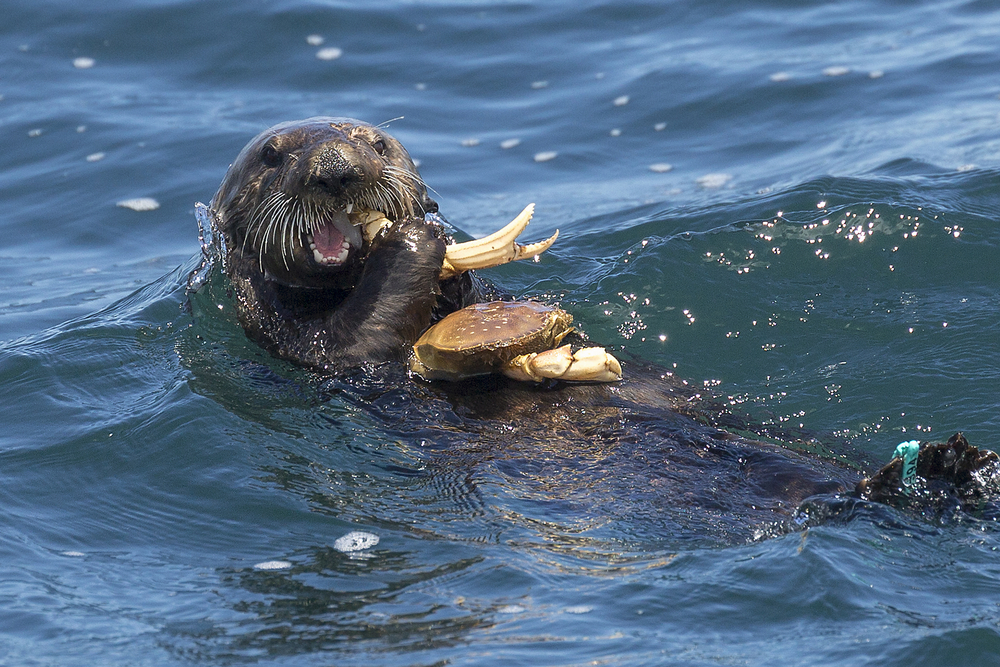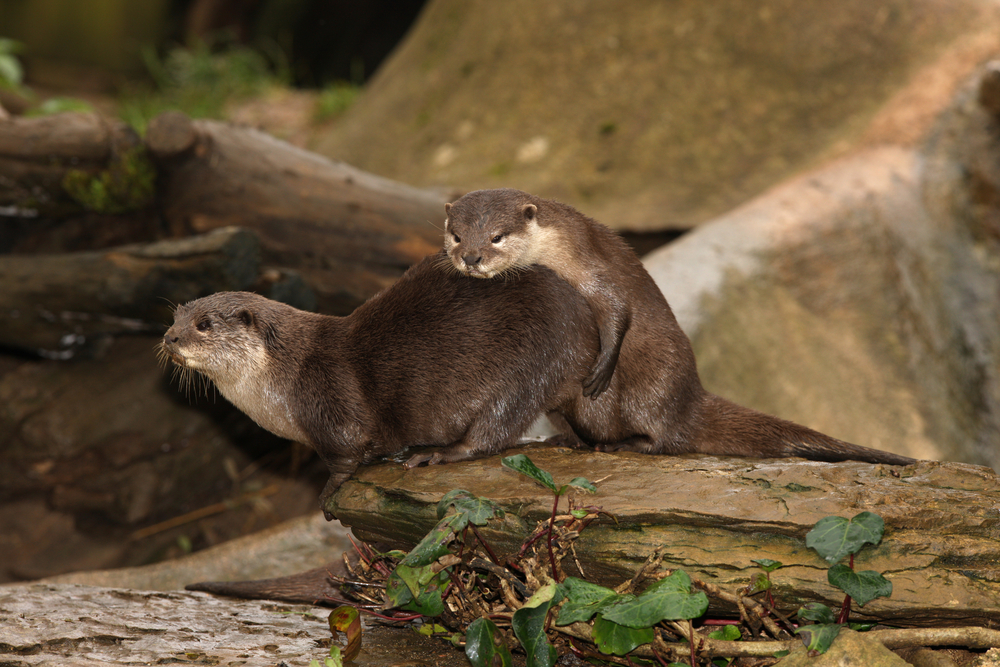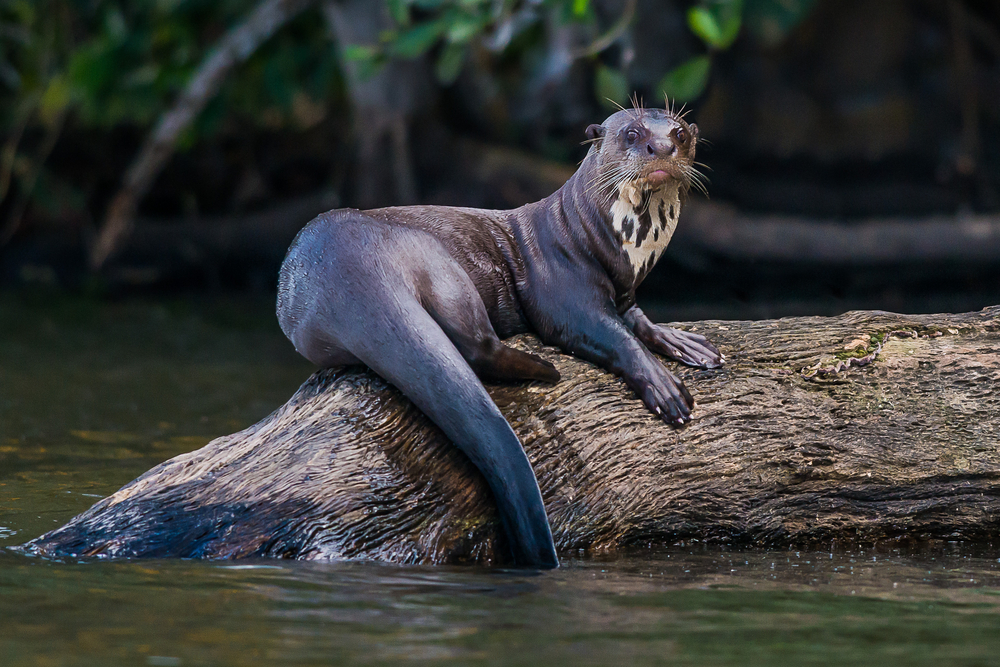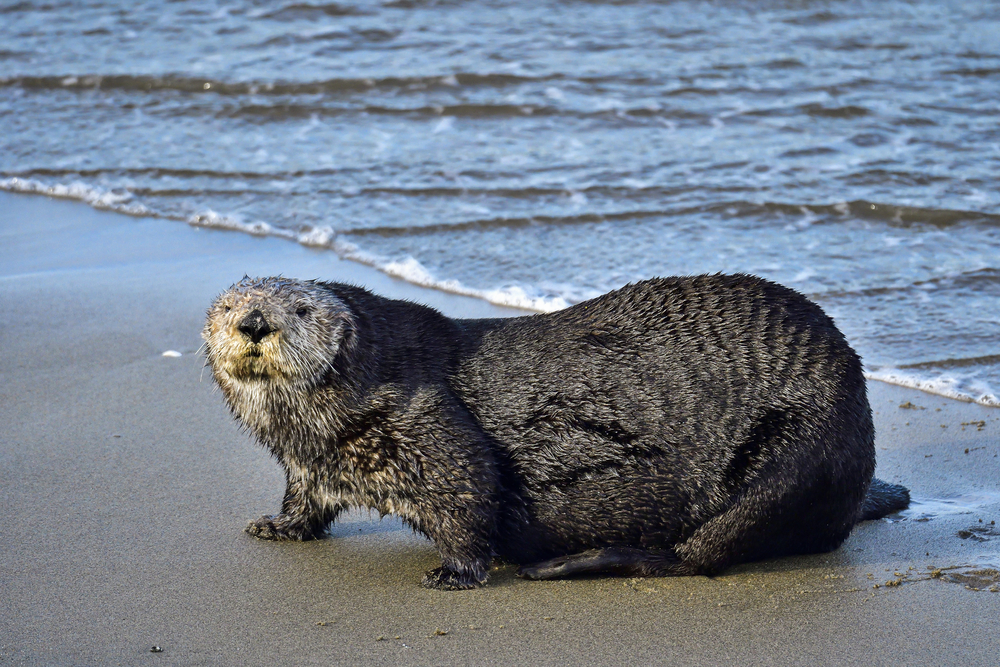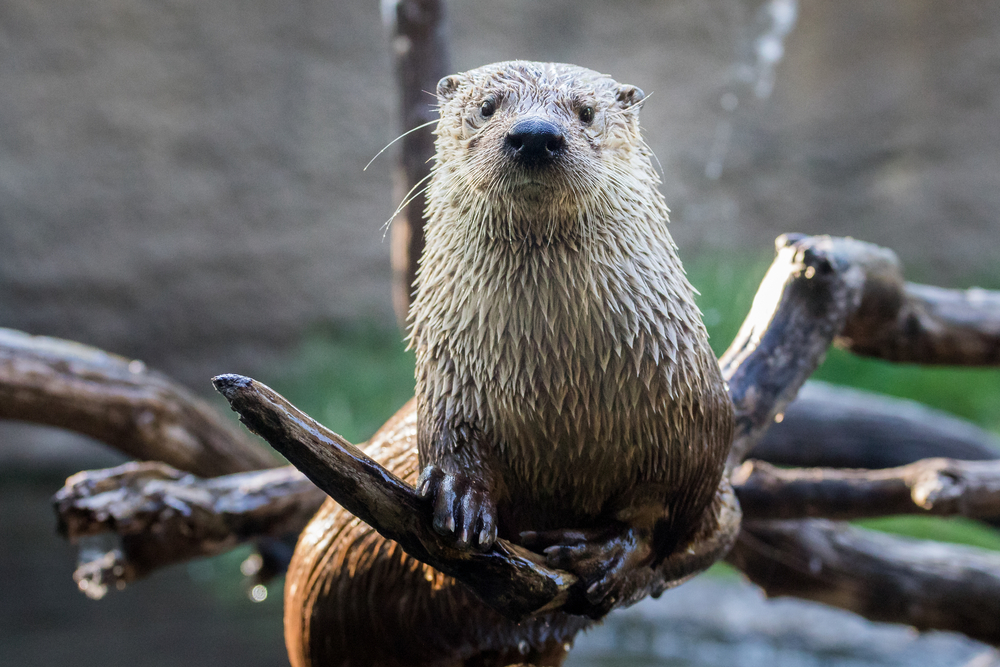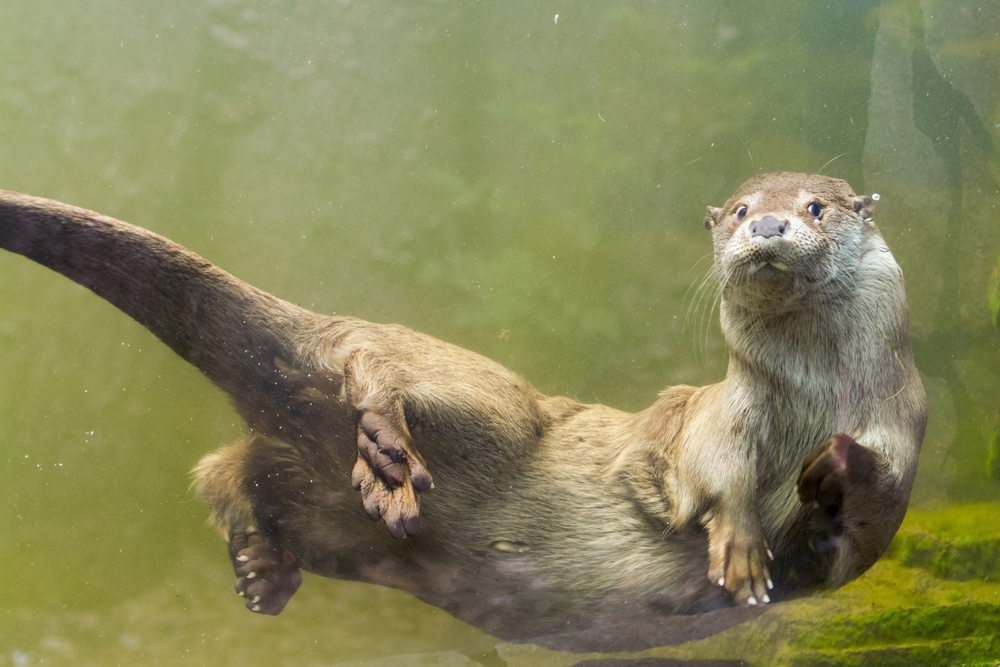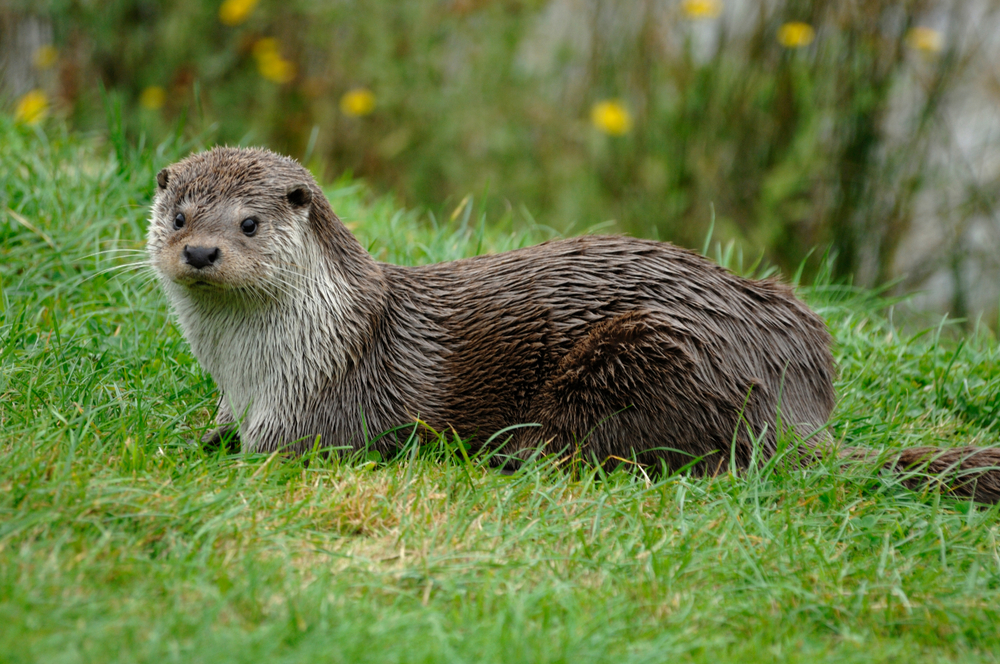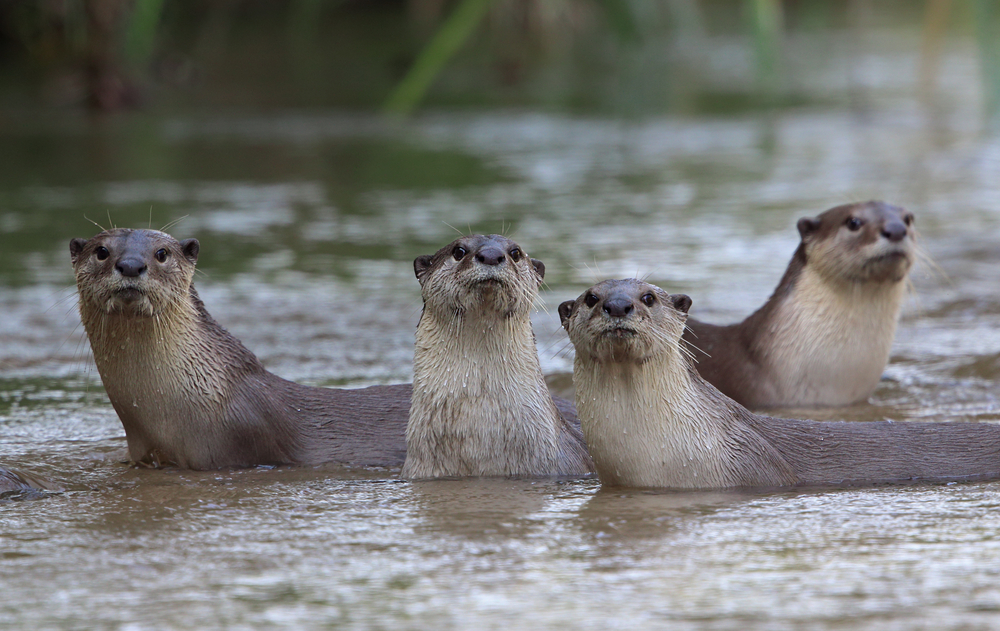About
The Otter, scientifically known as Lutra lutra, is a semi-aquatic mammal belonging to the Animal Kingdom’s phylum Chordata and class Mammalia. It is a member of the Mustelidae family, which includes other carnivorous mammals such as weasels and badgers. Otters are found in aquatic habitats across Europe, Asia, and North America.
These sleek, streamlined mammals have long, slender bodies and webbed feet, making them well-adapted for swimming and diving. They have dense fur that traps air, providing insulation and buoyancy in the water. Otters have keen senses, including sharp eyesight and acute hearing, which help them locate prey underwater.
Otters are carnivorous predators, feeding primarily on fish, crustaceans, amphibians, and other aquatic prey. They are highly skilled hunters, capable of catching fish with precision and agility. Otters are also known for their playful behavior, often seen sliding down riverbanks and engaging in social interactions with other otters.
Conservation Concerns
Otter populations face various threats, including habitat loss, pollution, habitat fragmentation, and human disturbance. Pollution from pesticides and industrial chemicals can contaminate waterways, affecting otters’ food sources and overall health. Habitat degradation due to urbanization and agricultural development also reduces suitable habitat for otters.
Overfishing and declining fish populations further impact otters’ prey availability, leading to food shortages and nutritional stress. Additionally, otters are sometimes targeted by poachers for their fur, further exacerbating population declines.
Despite these challenges, conservation efforts, such as habitat restoration, pollution control measures, and legal protections, are helping to mitigate threats to otter populations. The IUCN Red List categorizes otters under various species, with some populations listed as “Near Threatened” or “Vulnerable” due to declining numbers. Continued conservation actions are crucial to ensure the long-term survival of otters and the health of their aquatic ecosystems.
Physical Characteristics
Otters are charismatic mammals known for their playful behavior, belonging to the family Mustelidae, which also includes weasels, badgers, and minks. There are 13 species of otters found across the world, varying in size and habitat from small riverine environments to coastal and marine spaces. The North American river otter (Lontra canadensis) serves as a representative example to describe general physical characteristics common to many otter species:
Size
- Body Length: North American river otters typically measure between 26 to 42 inches (66 to 107 centimeters) in length, from the nose to the base of the tail.
- Tail Length: The tail adds another 12 to 20 inches (30 to 50 centimeters), accounting for about one-third of their total length.
- Weight: They can weigh between 11 to 30 pounds (5 to 14 kilograms), with males generally being larger and heavier than females.
Physical Characteristics
- Body Shape: Otters have streamlined, elongated bodies suited for efficient swimming. Their muscular build aids in propulsion and agility in water.
- Fur: Otters possess a dense, waterproof fur that keeps them dry and warm. The fur is a double coat, with a soft underfur for insulation and longer guard hairs on the surface. The color can vary from brown to grey, with lighter fur on the underbelly.
- Head: The head is small and rounded, with a broad muzzle. Otters have sharp teeth, including strong canines for capturing and consuming their prey.
- Eyes and Ears: They have small, dark eyes positioned towards the top of the head, providing good vision above and below water. Their ears are small and can be closed off when underwater.
- Whiskers: Otters have sensitive whiskers (vibrissae) around their noses, which detect vibrations in the water, helping them locate prey even in murky conditions.
- Legs and Feet: The legs are short and stout, with webbed feet for swimming. The webbing is more pronounced in aquatic species, like the sea otter (Enhydra lutris), which spends most of its life in the ocean.
- Tail: The tail is thick at the base, tapering to a point. It acts as a rudder for steering in the water, contributing to their maneuverability.
Behavior and Adaptations
Otters are primarily aquatic animals that are excellent swimmers, capable of diving and remaining submerged for several minutes. They are mostly carnivorous, feeding on fish, crustaceans, and other small aquatic animals. River otters, for instance, are known to use their agility to chase down prey in the water.
Social behavior varies among species. While some otters are solitary, others, like the giant otter (Pteronura brasiliensis), live in family groups. Many species exhibit playful behaviors, such as sliding down riverbanks or snow, which also serves practical purposes like grooming fur and marking territory.
Otters play a critical role in their ecosystems as predators, helping to maintain healthy fish populations and aquatic environments. Their physical attributes, from their dense, insulating fur to their streamlined bodies and webbed feet, are finely tuned to their aquatic lifestyles, making them skilled hunters and survivors in their respective habitats.
Reproduction
Otters, semiaquatic mammals of the family Mustelidae, exhibit a unique reproductive cycle adapted to their aquatic lifestyle. Here’s an overview:
Sexual Maturity: Otters typically reach sexual maturity between 2 to 3 years of age, although this can vary by species and environmental factors.
Breeding Season: The breeding season for otters varies by species and geographical location. In many cases, it coincides with periods of abundant food availability and favorable environmental conditions.
Courtship and Mating: During the breeding season, male otters actively seek out receptive females. Courtship behaviors may include vocalizations, scent marking, and playful interactions. Once a mating pair is formed, copulation occurs, often in the water.
Gestation Period: Female otters have a relatively short gestation period, lasting about 60 to 70 days, depending on the species. This gestation period is adapted to ensure that the young are born during times when food resources are plentiful.
Birth and Neonatal Phase: Otters give birth to relatively developed young, called pups, which are born in dens or other sheltered areas near water. Pups are born with their eyes closed but quickly open them within a few weeks. They are also covered in a fine layer of fur to help keep them warm in the water.
Maternal Care: Female otters provide extensive maternal care to their pups, nursing them and teaching them essential survival skills. Pups remain dependent on their mother for several months, gradually learning to swim and hunt for food.
Weaning and Independence: Pups are weaned from their mother’s milk at around 3 to 4 months of age but may remain with her for up to a year or longer, depending on the species. During this time, they learn advanced hunting techniques and how to navigate their aquatic environment.
Social Structure: Otters often live in social groups called rafts, which typically consist of a breeding pair and their offspring. Cooperative breeding and alloparental care may occur within these groups, with other adult otters assisting in the care of the pups.
Reproductive Success and Population Dynamics: The reproductive success of otters is influenced by factors such as habitat quality, prey availability, and human disturbances. Understanding the reproductive cycle of otters is crucial for their conservation and management, as they play essential roles in aquatic ecosystems.
Lifespan
Otters are semi-aquatic mammals belonging to the family Mustelidae, known for their playful behavior, sleek bodies, and proficient swimming skills. They inhabit freshwater and coastal ecosystems worldwide, including rivers, lakes, marshes, and coastal shorelines. Otters play a vital ecological role in maintaining healthy aquatic ecosystems by controlling prey populations and contributing to nutrient cycling.
Lifespan in the Wild: In the wild, the lifespan of otters varies depending on the species and environmental factors. On average, otters live between 10 to 15 years, although some individuals may live longer in optimal conditions. Factors influencing wild otter lifespans include predation, food availability, habitat quality, competition, and disease prevalence.
Lifespan in Captivity: Otters kept in captivity, such as in zoos, aquariums, and wildlife sanctuaries, may have longer lifespans compared to their wild counterparts. With proper care, nutrition, veterinary attention, and protection from natural threats, captive otters can live up to 20 years or more. Captive environments provide stable food sources, veterinary care, and protection from predators, leading to extended lifespans.
Threats to the Otter:
- Habitat Loss and Degradation: Habitat loss and degradation due to human activities such as urbanization, deforestation, agriculture, dam construction, and pollution are significant threats to otter populations. Loss of riparian habitats, degradation of water quality, and fragmentation of riverine ecosystems limit otter populations’ access to suitable habitat and prey resources.
- Pollution: Pollution of freshwater and coastal habitats with industrial chemicals, pesticides, heavy metals, oil spills, and plastic waste poses a severe threat to otters. Contaminants can accumulate in otters’ tissues through bioaccumulation and biomagnification, leading to toxic effects, reproductive issues, and compromised immune systems.
- Overfishing: Overfishing and depletion of fish stocks in otters’ habitats reduce prey availability and disrupt aquatic food webs. Competition with commercial fisheries for prey resources can exacerbate food shortages for otters, leading to nutritional stress and population declines.
- Human Disturbance: Human disturbance, including habitat disturbance, recreational activities, boat traffic, and shoreline development, can disrupt otter behavior, breeding, and foraging activities. Disturbances may cause otters to abandon territories, increase stress levels, and reduce reproductive success, particularly in sensitive habitats.
- Illegal Poaching and Trafficking: Otters are sometimes targeted by poachers for their fur, meat, and body parts, despite legal protections in many countries. Illegal hunting, trapping, and trafficking of otters for the exotic pet trade or traditional medicine pose a significant threat to wild populations, particularly in regions with lax enforcement of wildlife protection laws.
- Climate Change: Climate change is altering otters’ habitats and prey distributions, affecting their access to food and suitable breeding sites. Rising temperatures, altered precipitation patterns, and sea level rise can lead to habitat loss, increased frequency of extreme weather events, and changes in ecosystem dynamics, further stressing otter populations.
Conservation efforts focused on habitat conservation, pollution reduction, sustainable fisheries management, enforcement of wildlife protection laws, public education, and research are essential for mitigating threats to otter populations and ensuring their long-term survival. Collaborative initiatives involving government agencies, conservation organizations, local communities, and stakeholders are critical for addressing the complex challenges facing otters and their habitats.
Eating Habits
Otters are carnivorous mammals known for their playful behavior and semi-aquatic lifestyle. Their eating habits are adapted to their aquatic environment, where they primarily hunt for food underwater.
Diet: Otters are carnivores, primarily feeding on fish, crustaceans, mollusks, amphibians, and occasionally small mammals and birds. Their diet varies depending on the availability of prey species in their habitat. Fish often make up the majority of their diet, with species such as trout, salmon, and catfish being common prey.
Foraging Behavior: Otters are proficient hunters both on land and in the water. They have streamlined bodies, webbed feet, and strong tails, which make them excellent swimmers. Otters primarily hunt underwater, using their keen sense of smell and sharp eyesight to locate prey. They can remain submerged for several minutes while hunting, using their dexterous paws to capture and manipulate prey.
Hunting Techniques: Otters use various hunting techniques depending on the type of prey they are targeting. They may chase down fast-swimming fish, dive to the bottom of rivers or ponds to search for aquatic insects and crustaceans, or use their sensitive whiskers to detect prey hidden in murky waters. Otters may also use tools, such as rocks, to break open shellfish.
Prey Selection: The diet of otters varies depending on their geographic location and habitat type. River otters, for example, primarily feed on fish found in freshwater habitats, while sea otters predominantly consume marine invertebrates such as clams, crabs, and sea urchins. Otters are opportunistic feeders and will consume whatever prey is abundant and easily accessible in their environment.
Social Feeding: Some otter species, such as the river otter, may exhibit social feeding behavior, where they hunt and consume food together in groups. This behavior not only helps otters capture larger prey but also provides social interaction and cooperation within the group.
Seasonal Variation: The diet of otters may vary seasonally based on changes in prey availability and environmental conditions. For example, otters may consume more fish during the spawning season when fish populations are abundant, while relying on alternative food sources such as crayfish or amphibians during other times of the year.
Conservation Concerns: Otters face various threats to their survival, including habitat loss, pollution, poaching, and conflicts with humans. Conservation efforts aimed at protecting otter habitats, mitigating human-wildlife conflicts, and reducing pollution in waterways are crucial for the long-term survival of otter populations. Additionally, monitoring prey populations and managing fisheries sustainably can help ensure an adequate food supply for otters in their natural habitats.
Uniqueness
Otters are charismatic and playful semi-aquatic mammals known for their sleek bodies, webbed feet, and playful behavior. Here are some key aspects that make otters unique:
Aquatic Adaptations: Otters are well-adapted to life in water, with streamlined bodies, dense fur, and webbed feet that allow them to move efficiently through rivers, lakes, and coastal waters. Their fur is exceptionally thick and waterproof, providing insulation and buoyancy in cold water.
Excellent Swimmers: Otters are superb swimmers and can propel themselves through the water using powerful undulating movements of their bodies and tails. They can swim gracefully both on the surface and underwater, with some species capable of diving to depths of over 60 meters (200 feet) in search of food.
Diverse Diet: Otters are opportunistic feeders with a diverse diet that varies depending on their habitat and species. They primarily prey on fish, crustaceans, mollusks, and aquatic insects, but may also consume amphibians, small mammals, birds, and even plants.
Tool Use: Some species of otters, particularly the sea otter, are known for their remarkable tool-use behavior. They use stones, shells, and other objects to crack open the shells of prey such as clams and crabs, displaying a high level of intelligence and problem-solving ability.
Social Behavior: Otters are often found in family groups or small social units, although some species may be solitary. They engage in playful activities such as sliding down mudslides, wrestling with each other, and playing games with objects they find in their environment. Play serves important social and developmental functions for young otters and helps strengthen bonds within the group.
Territoriality: Otters are generally territorial animals, with individuals or groups defending exclusive territories along rivers, lakeshores, or coastal areas. Scent marking and vocalizations are used to communicate territorial boundaries and deter intruders.
Cultural Significance: Otters hold cultural significance in many societies around the world, often featuring in folklore, mythology, and art. They are admired for their playful nature, agility, and adaptability, and are sometimes considered symbols of good luck or fertility.
Conservation Concerns: Many species of otters are facing threats from habitat loss, pollution, overfishing, and human disturbance. Conservation efforts aimed at protecting their natural habitats, regulating water quality, and minimizing human impacts are essential for ensuring the survival of otter populations worldwide.
Otters’ unique combination of aquatic adaptations, playful behavior, and ecological importance make them beloved and iconic animals in both aquatic and terrestrial ecosystems. Understanding and conserving otter populations is crucial for maintaining healthy and balanced aquatic environments.
